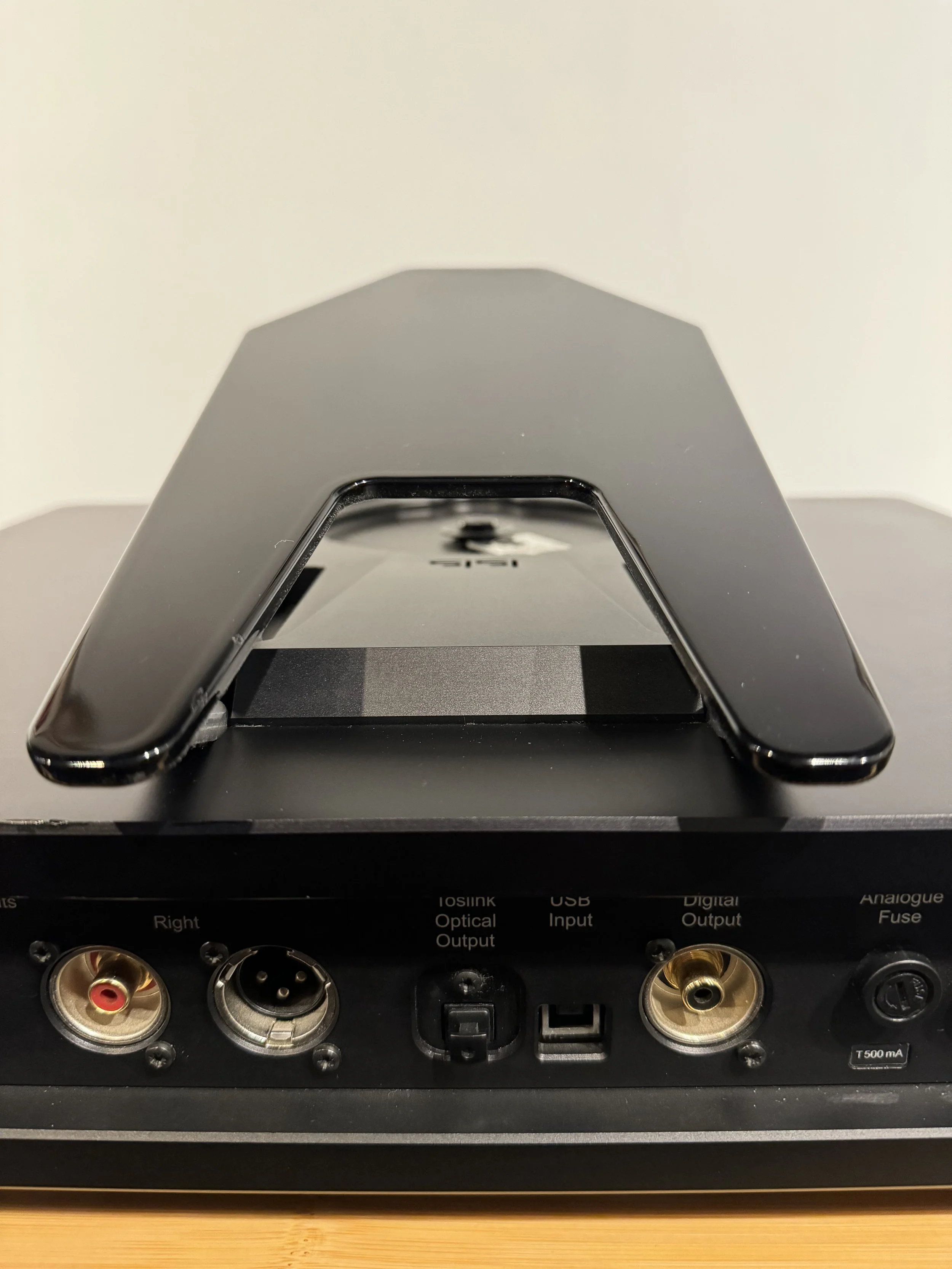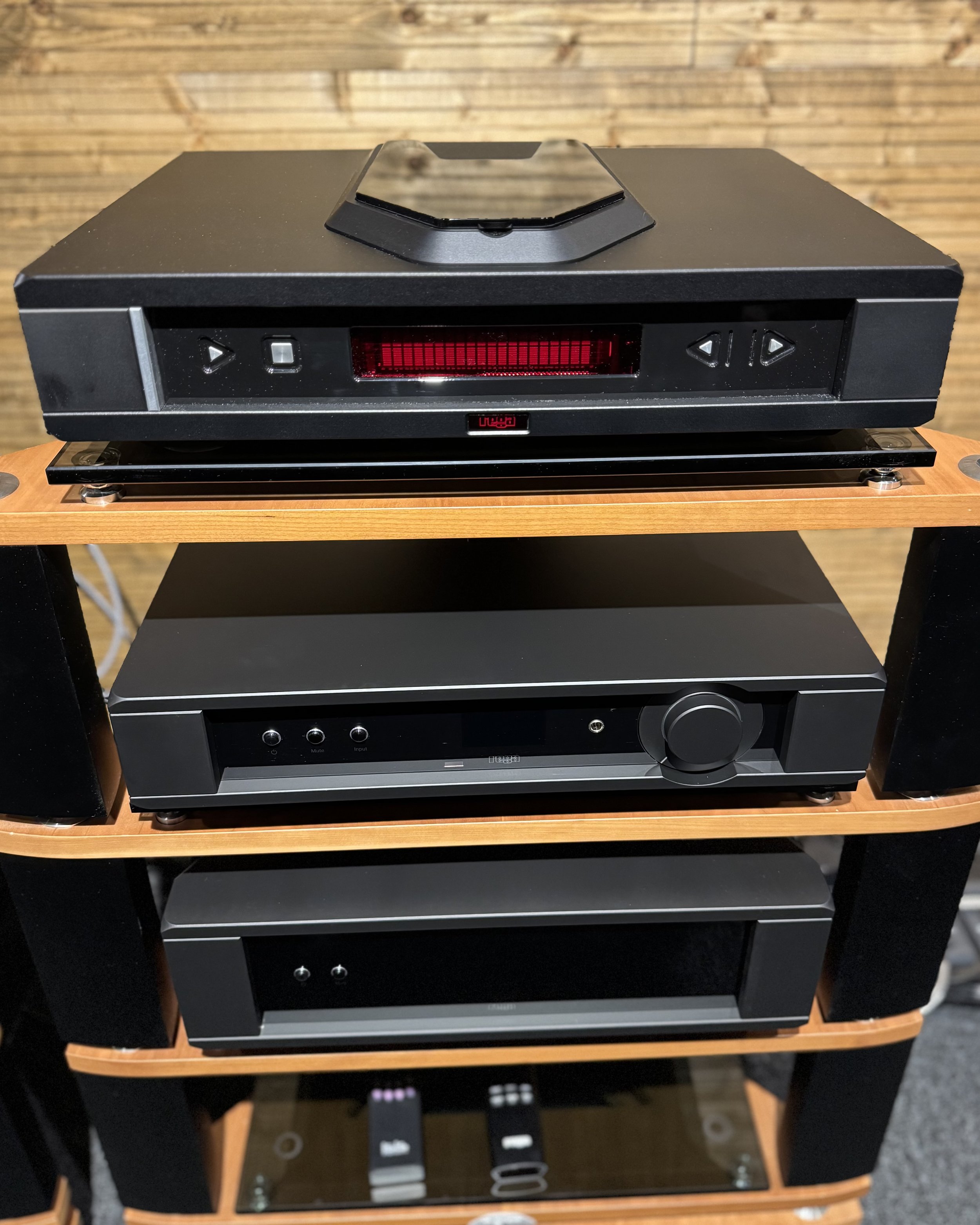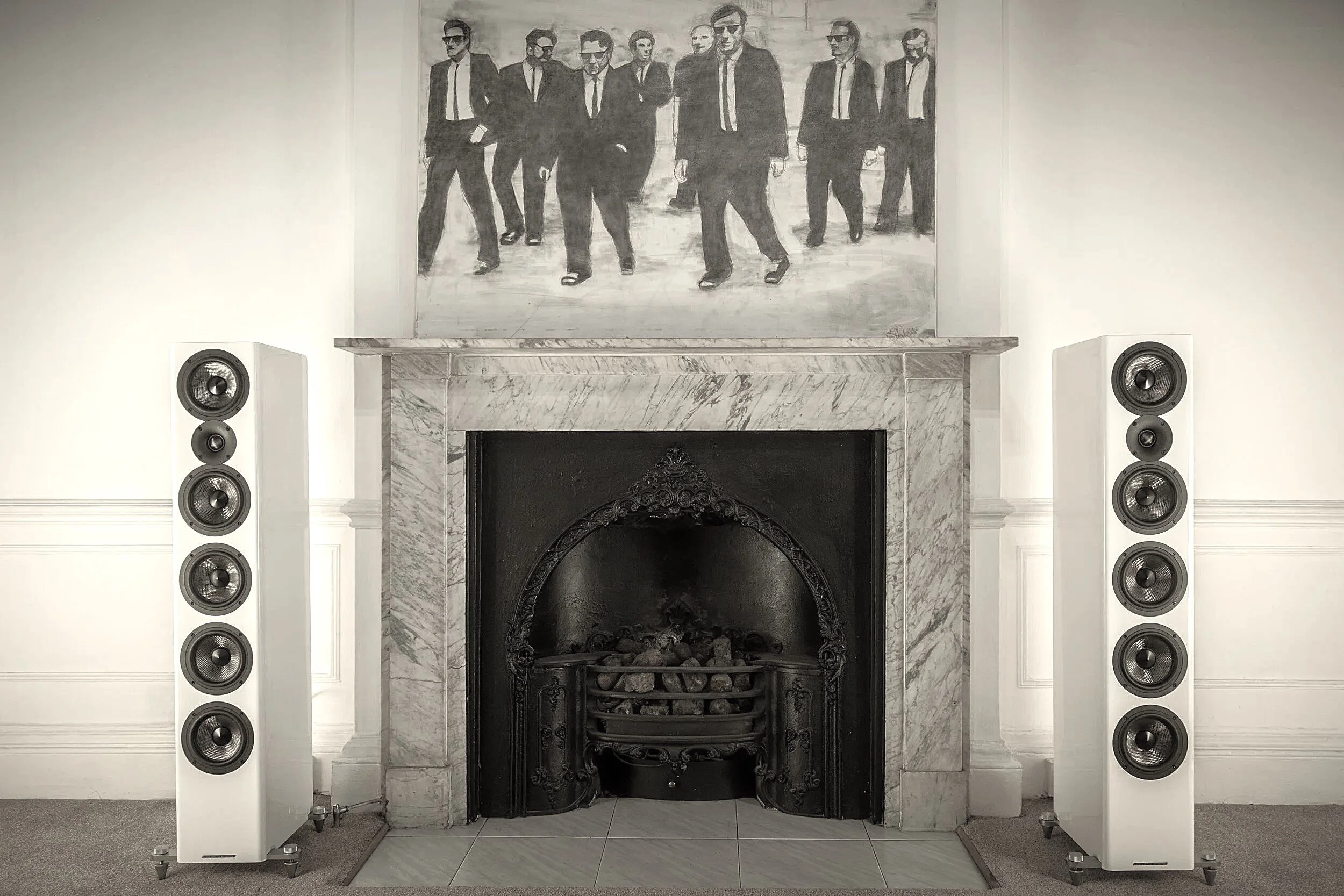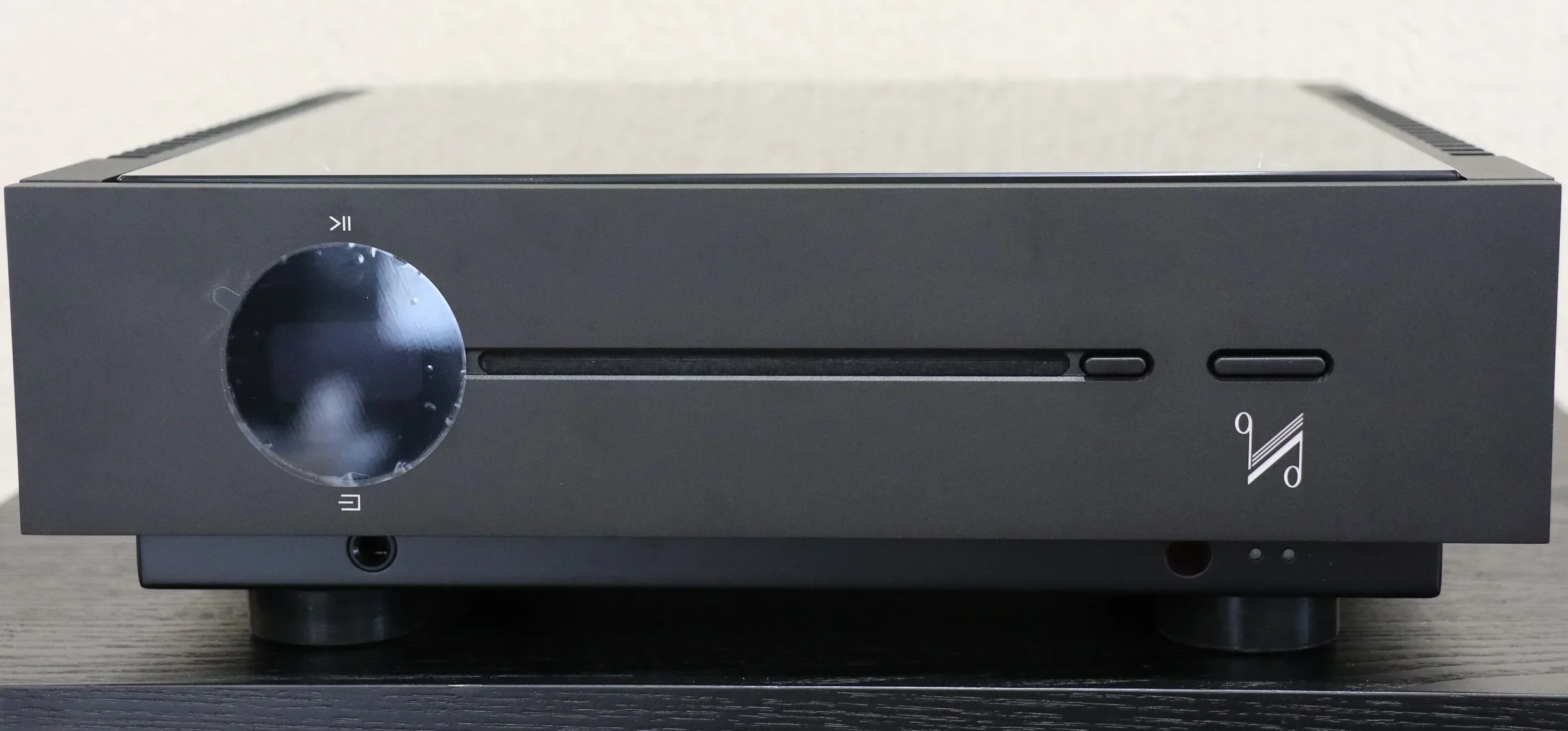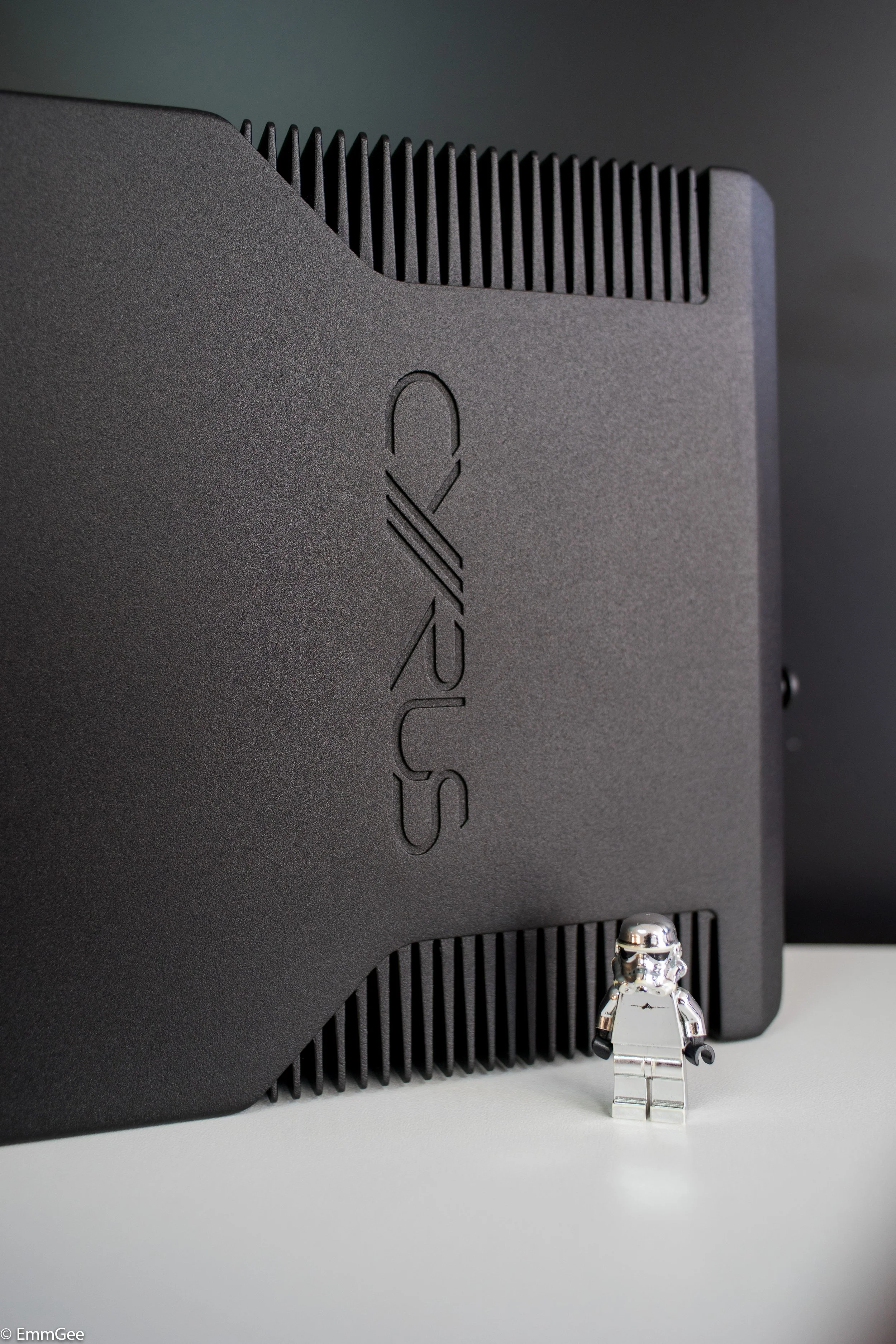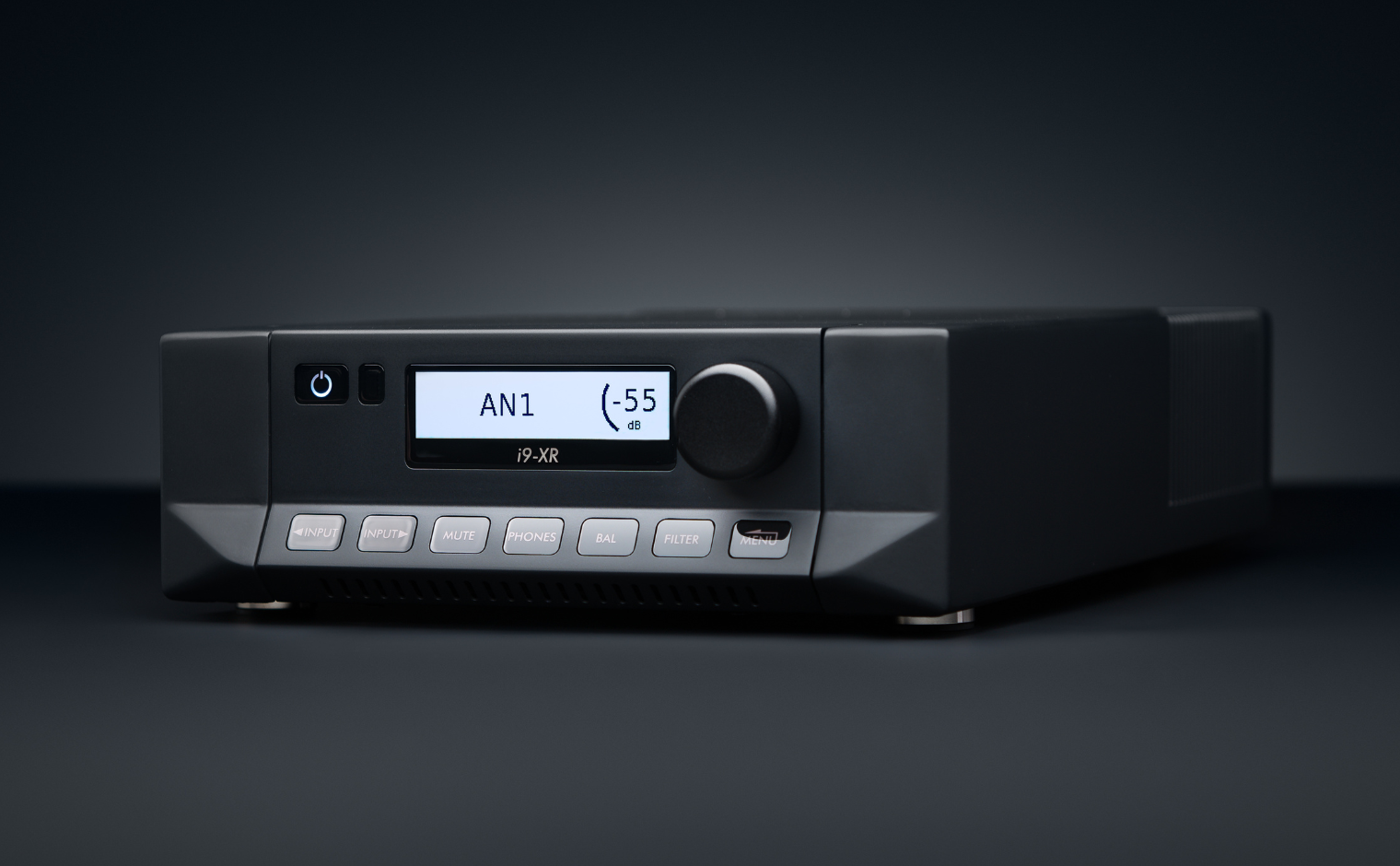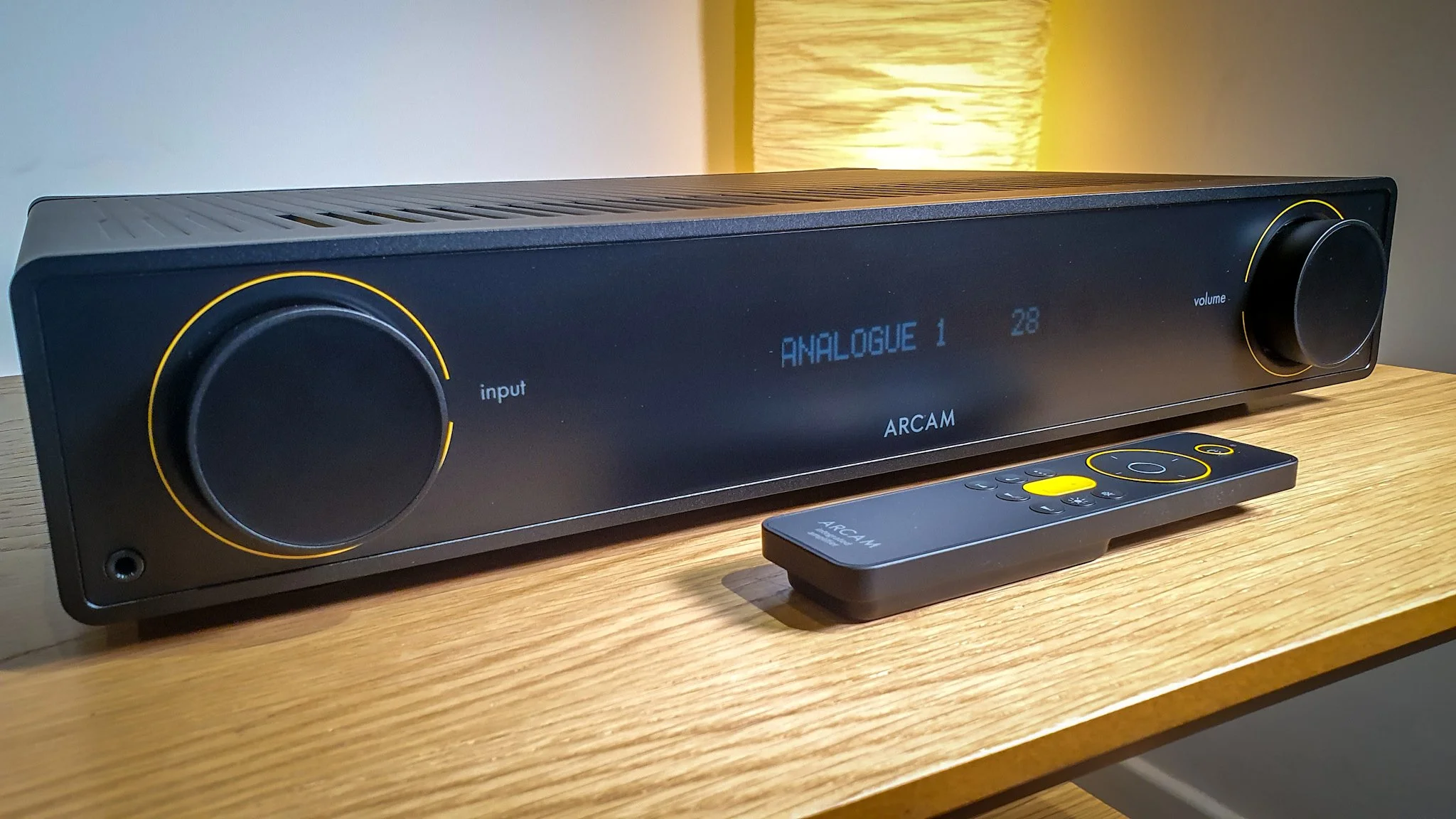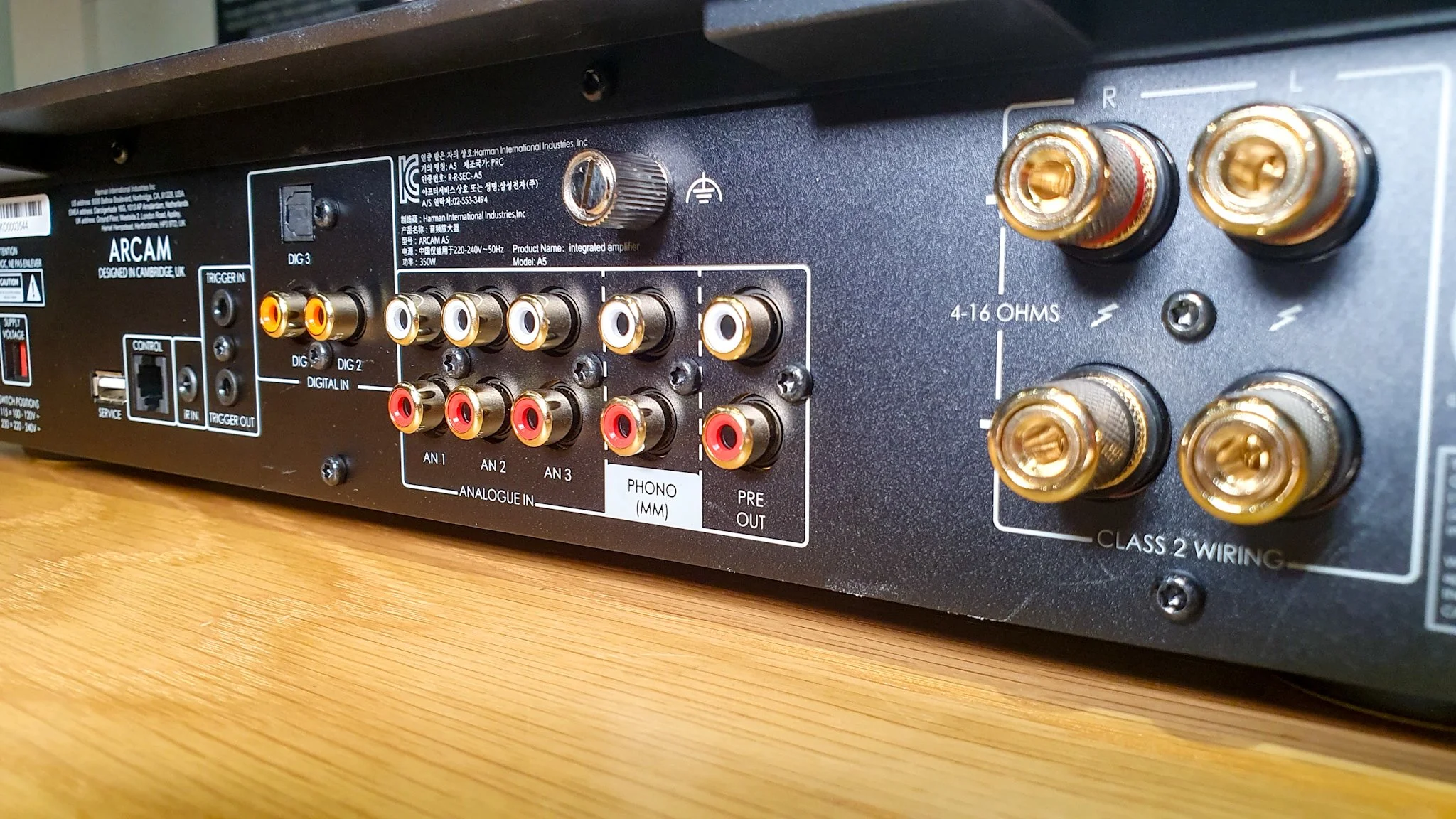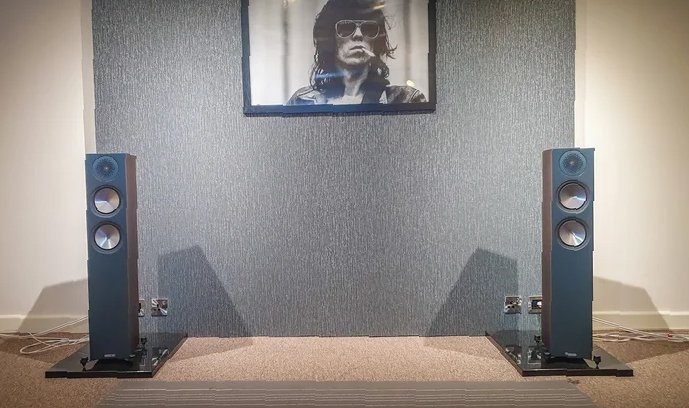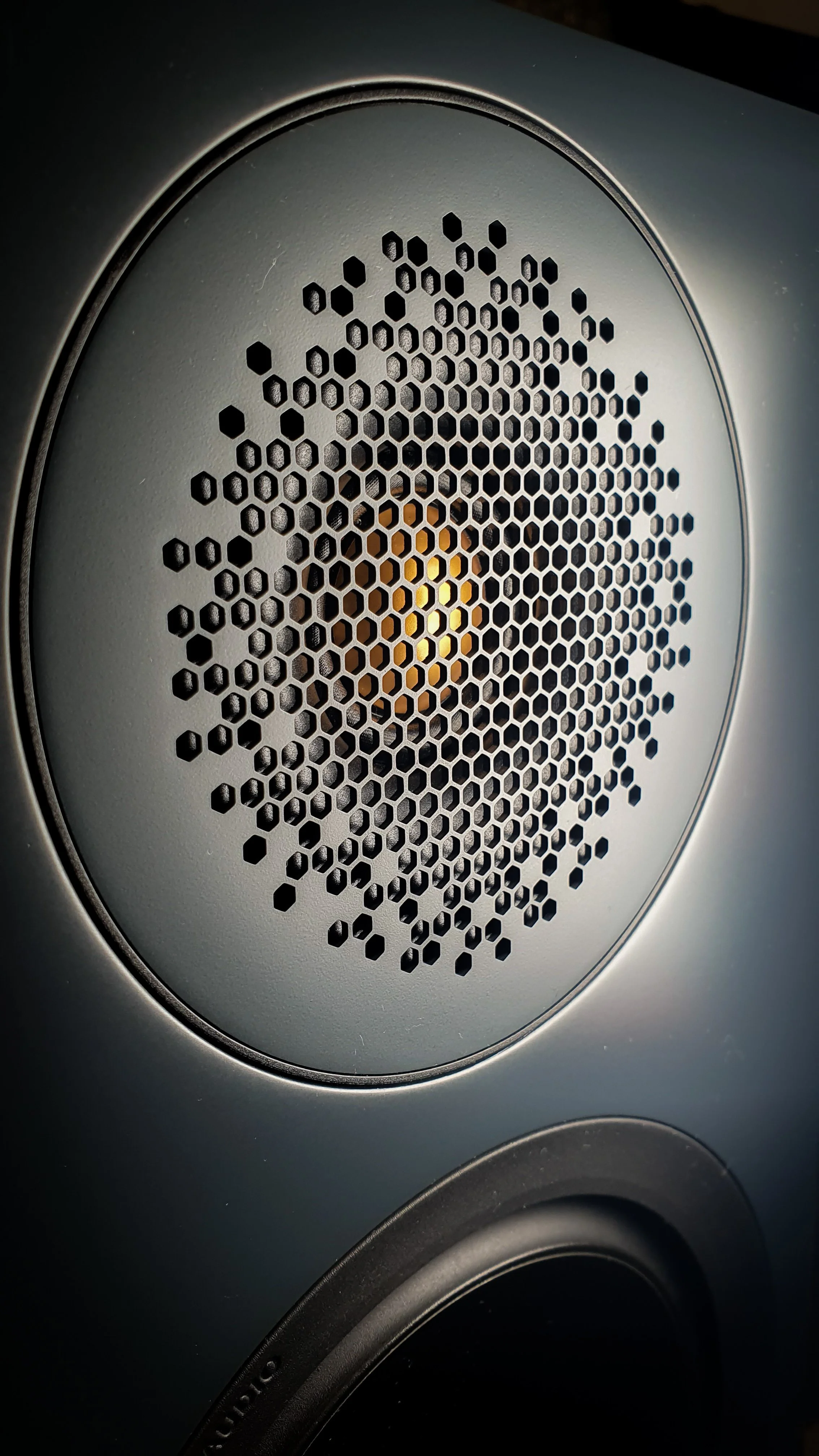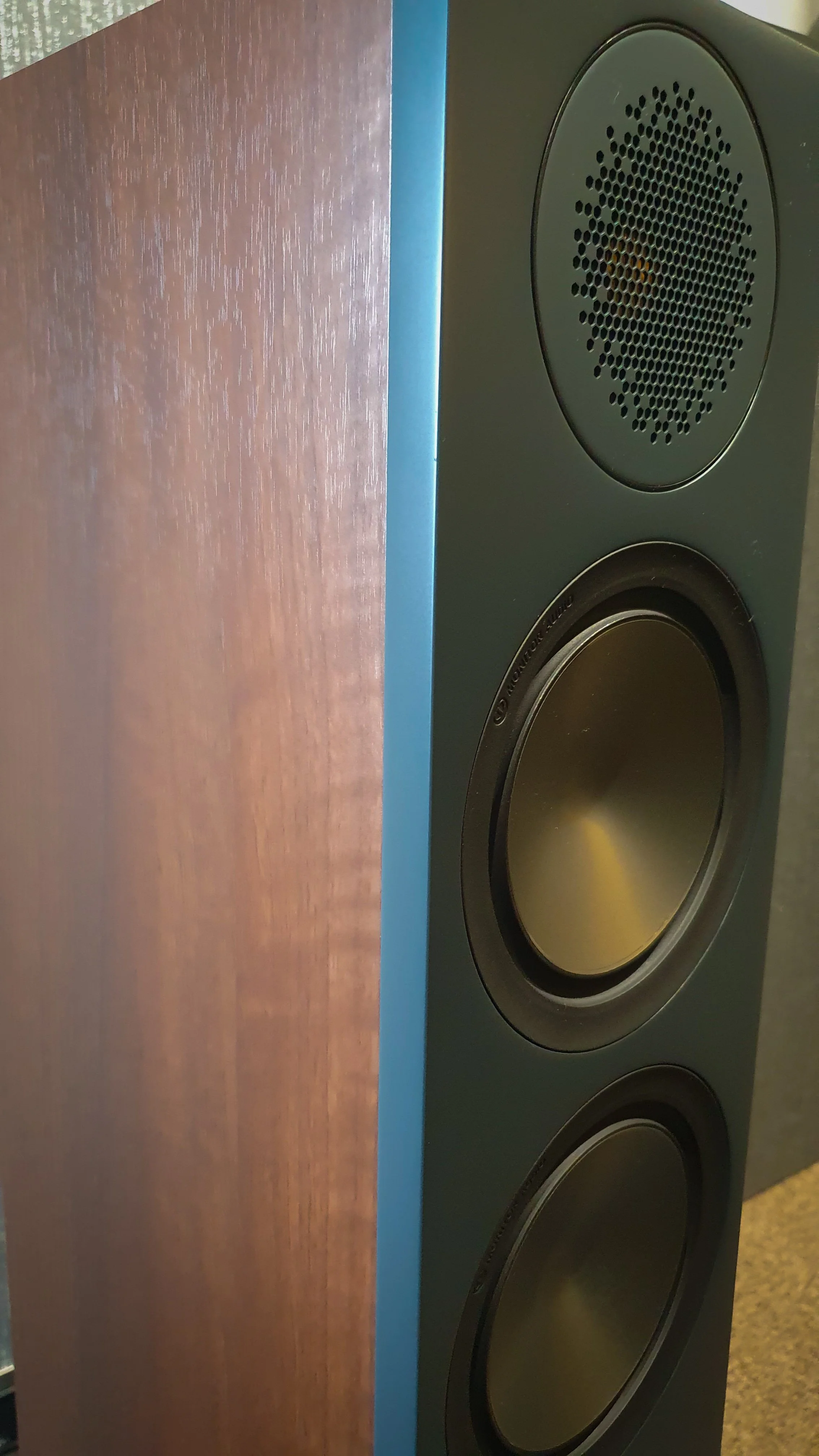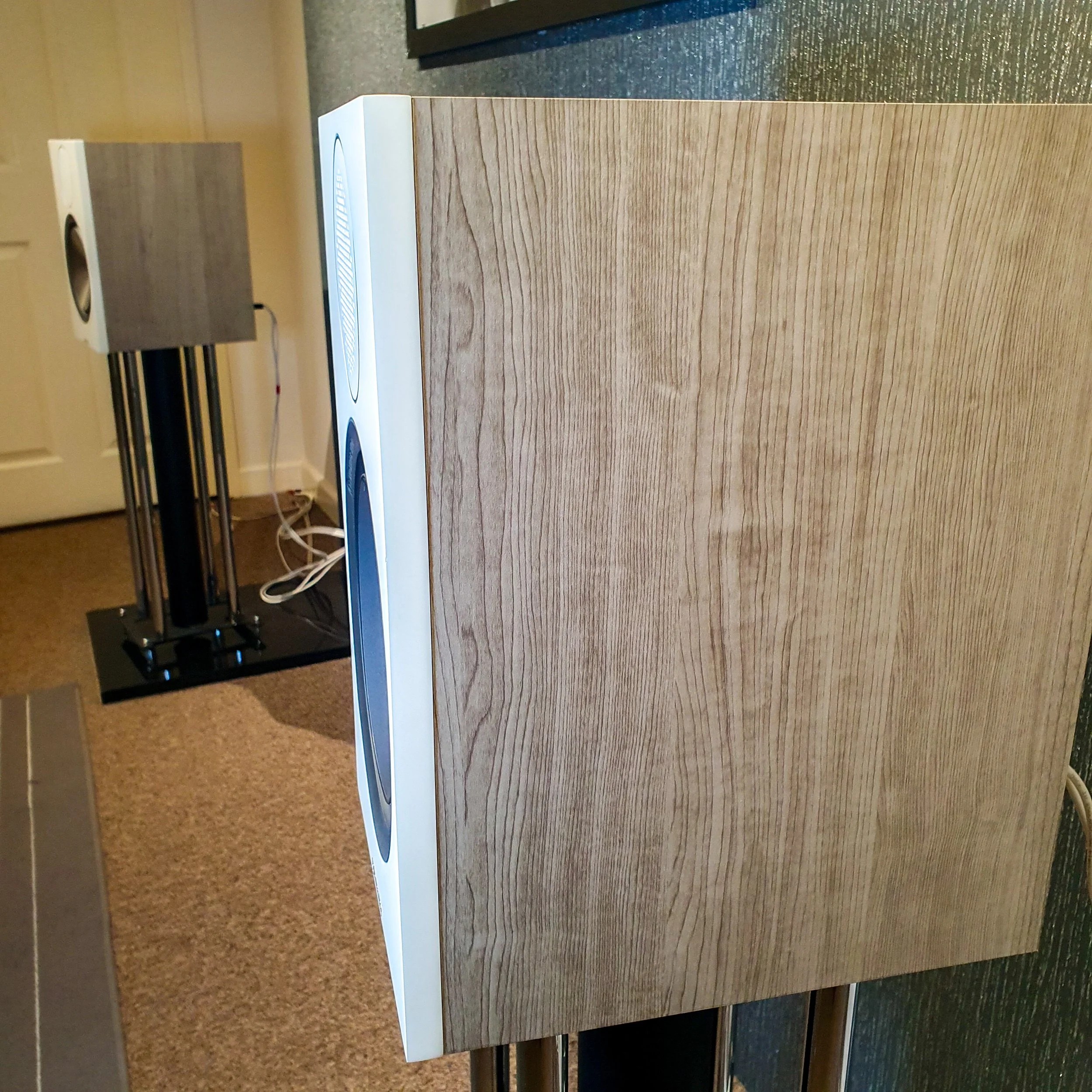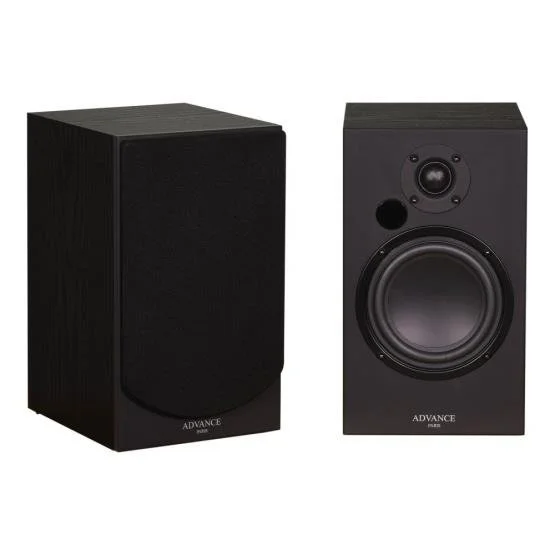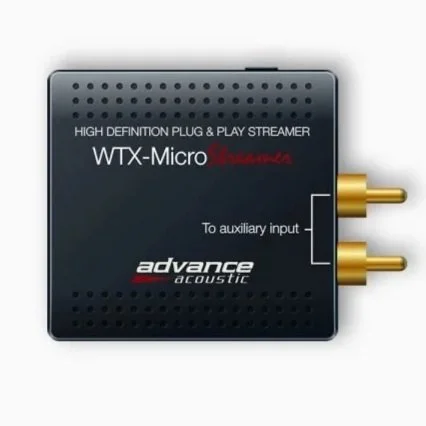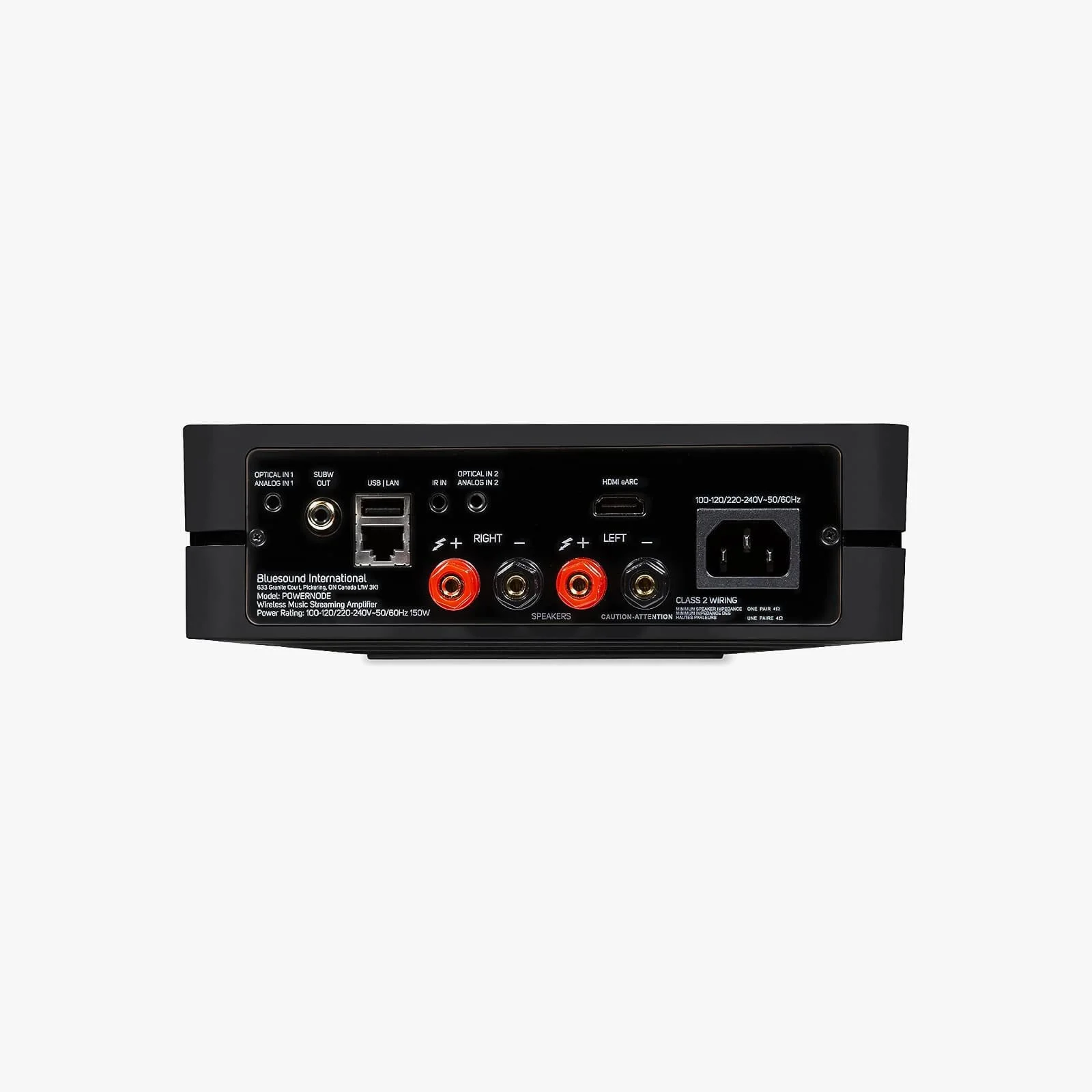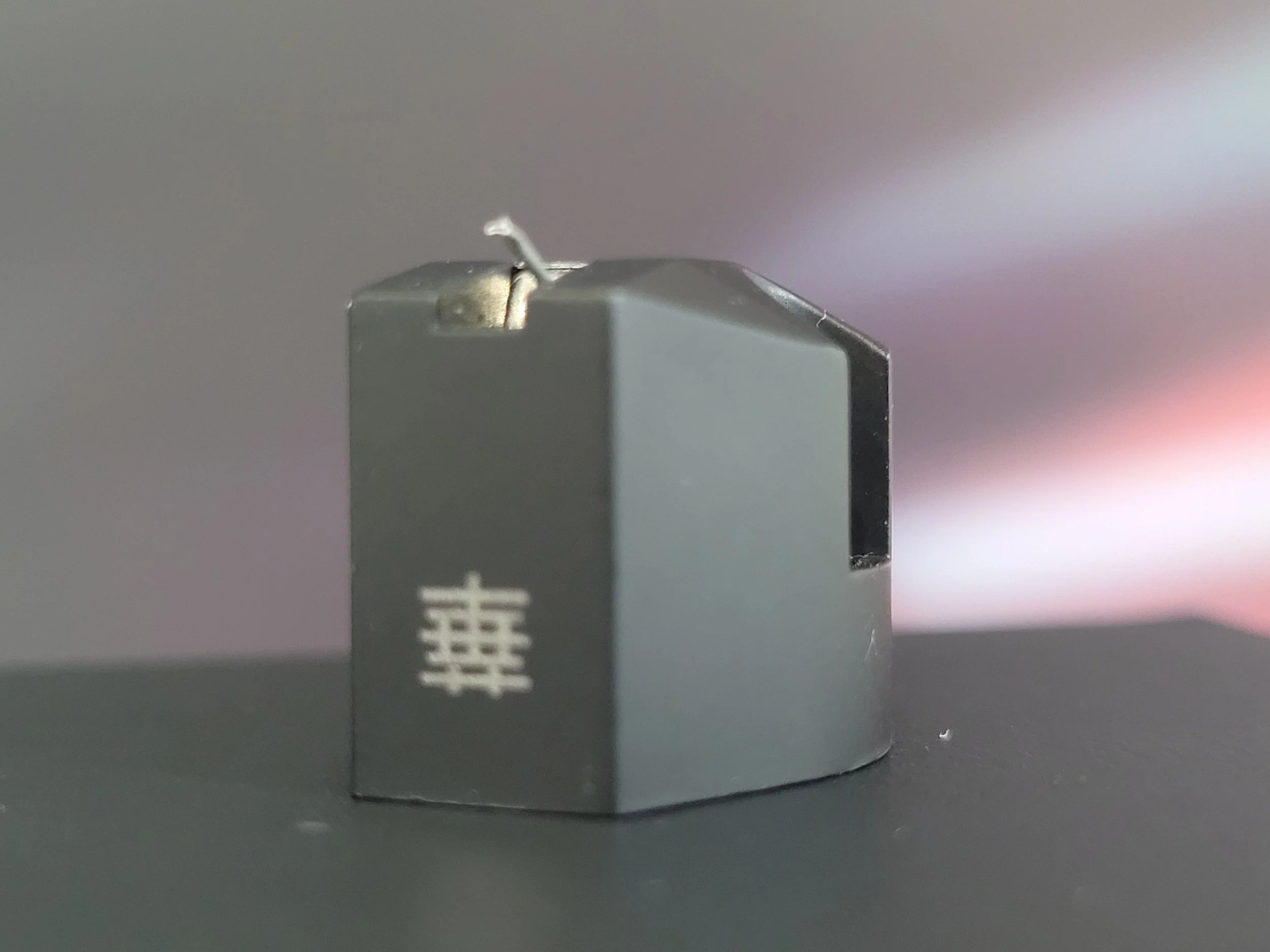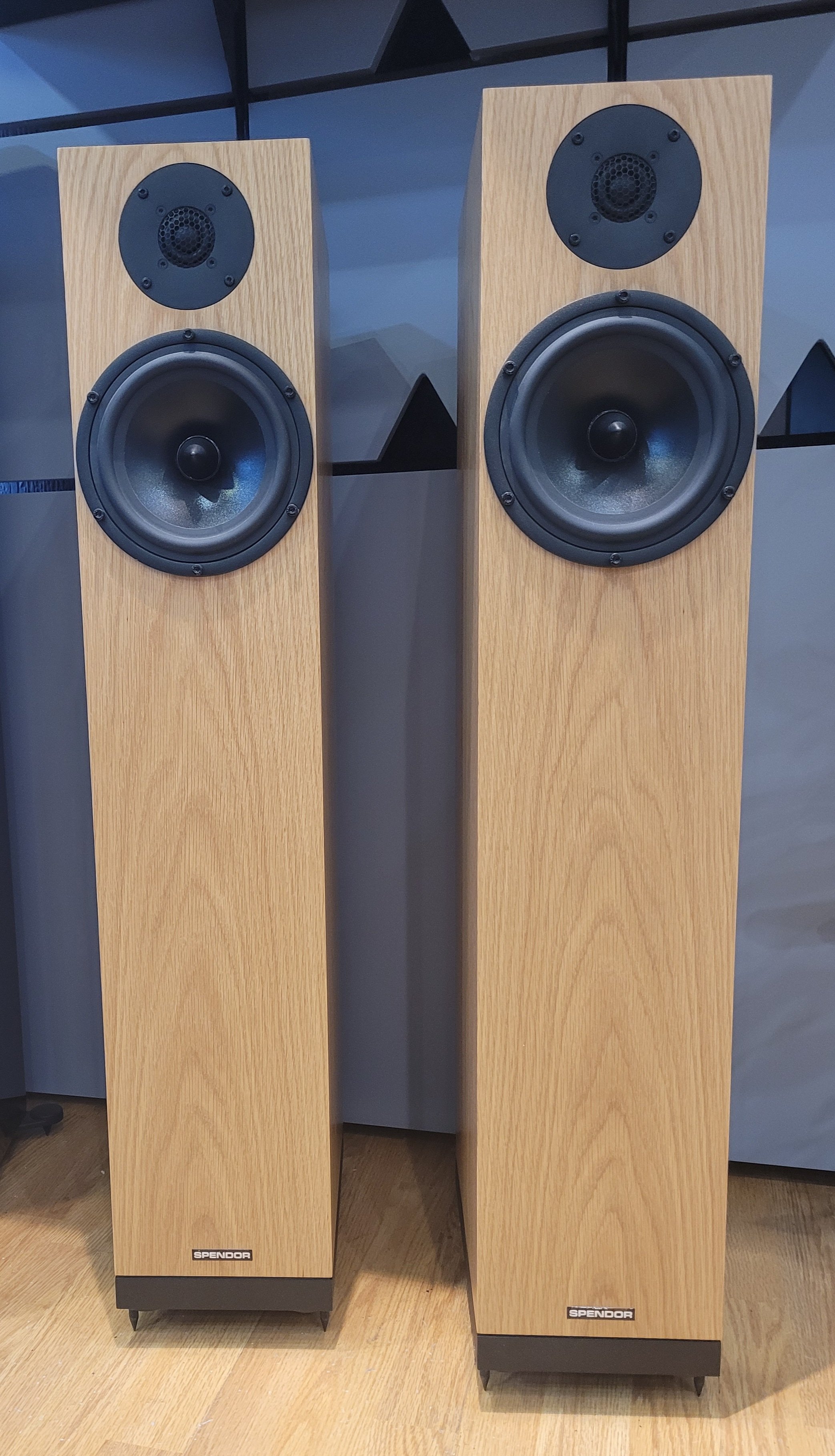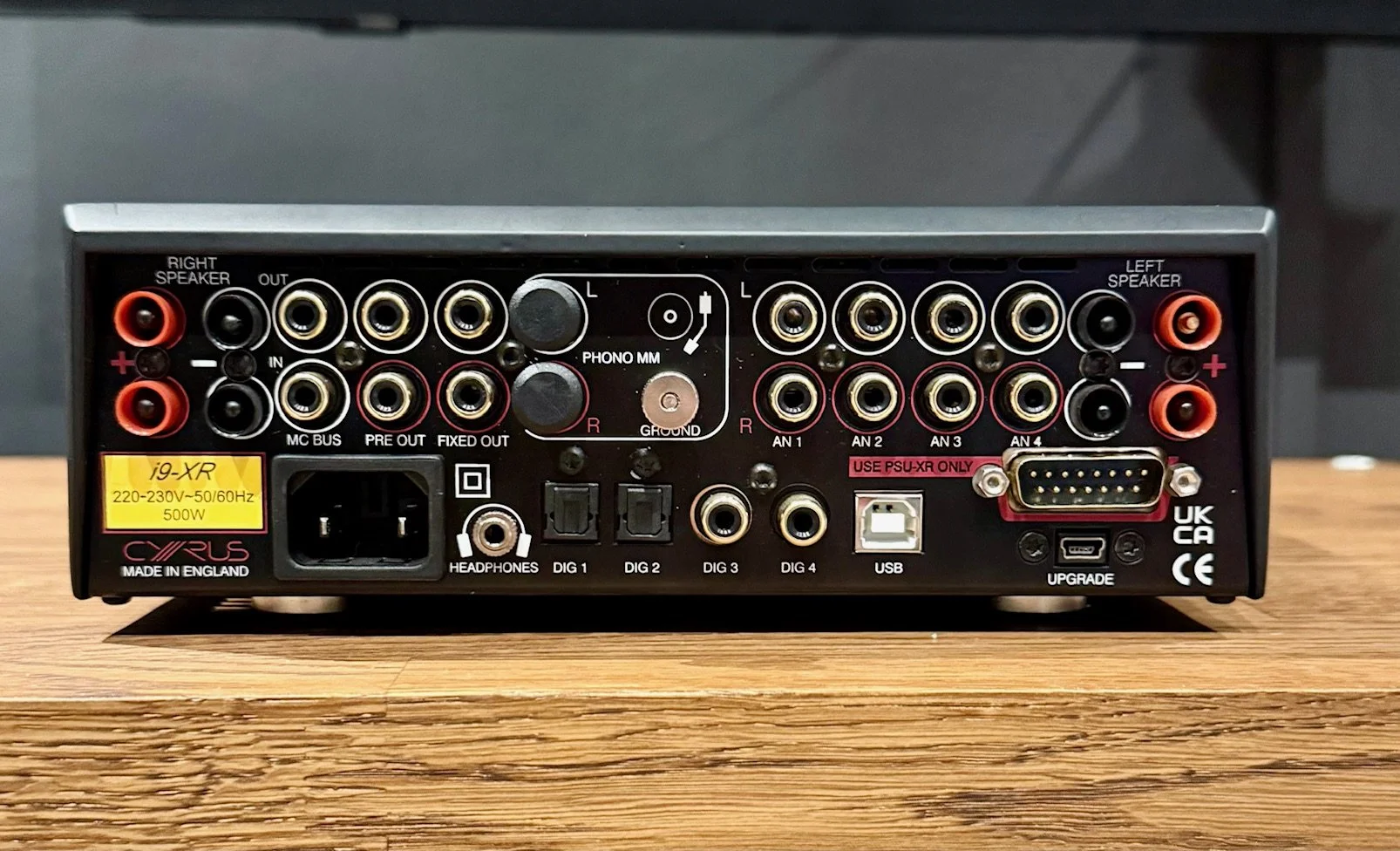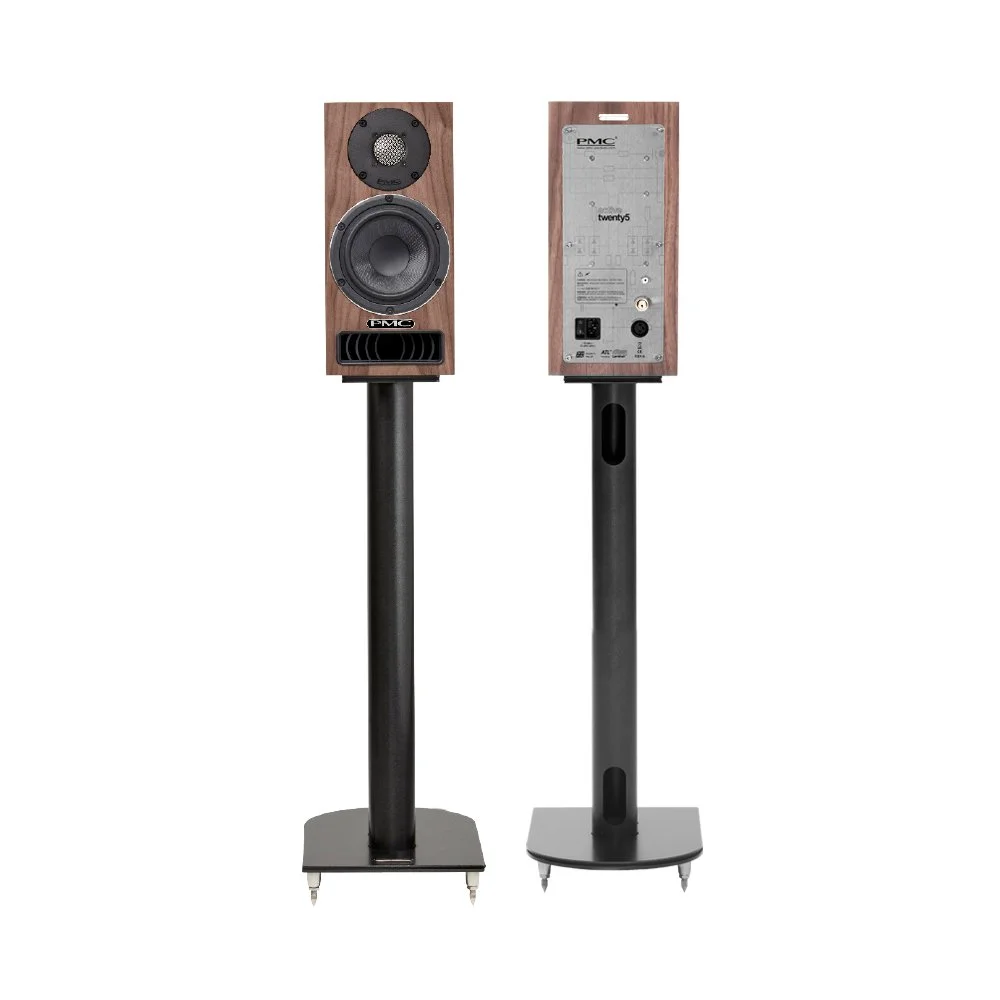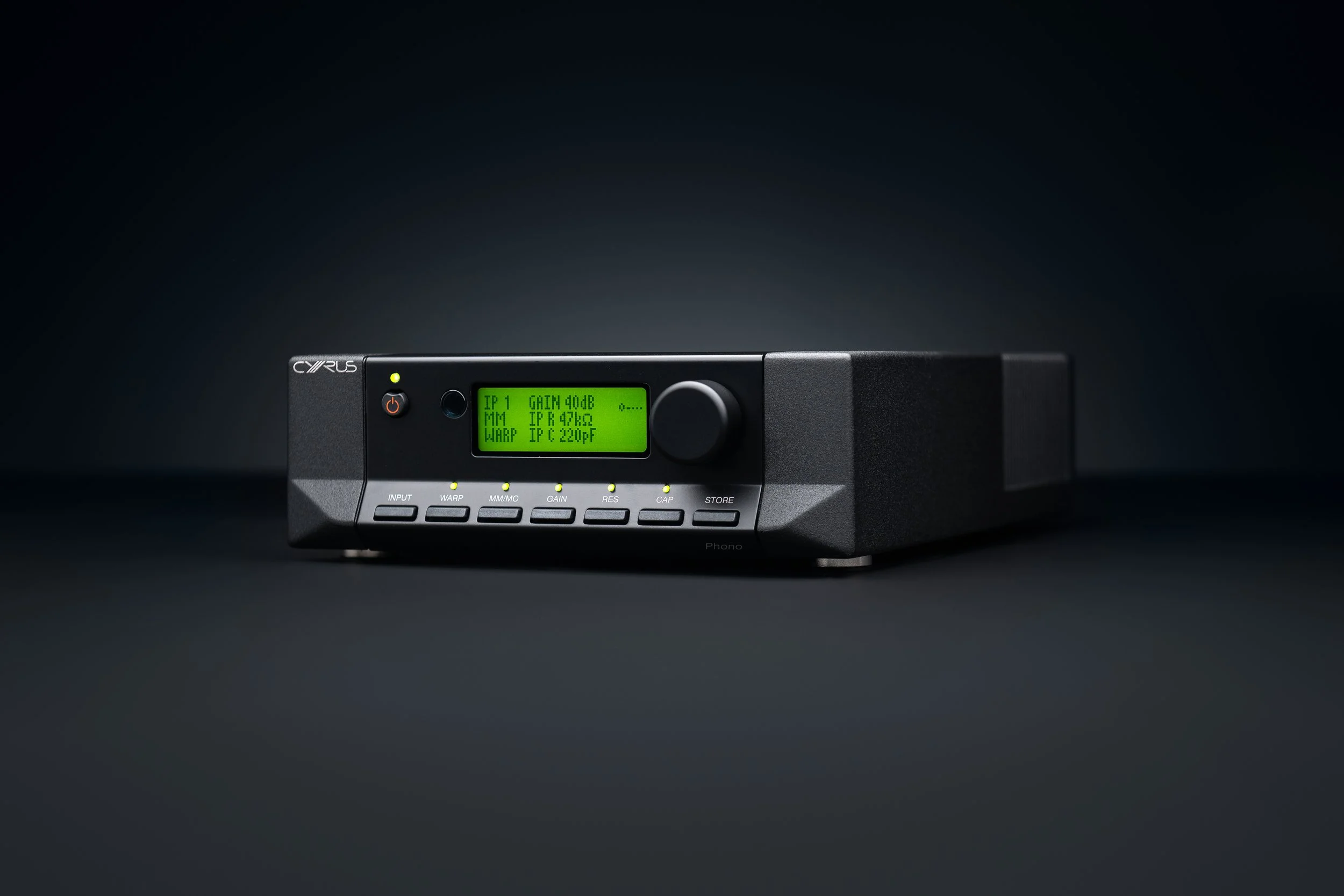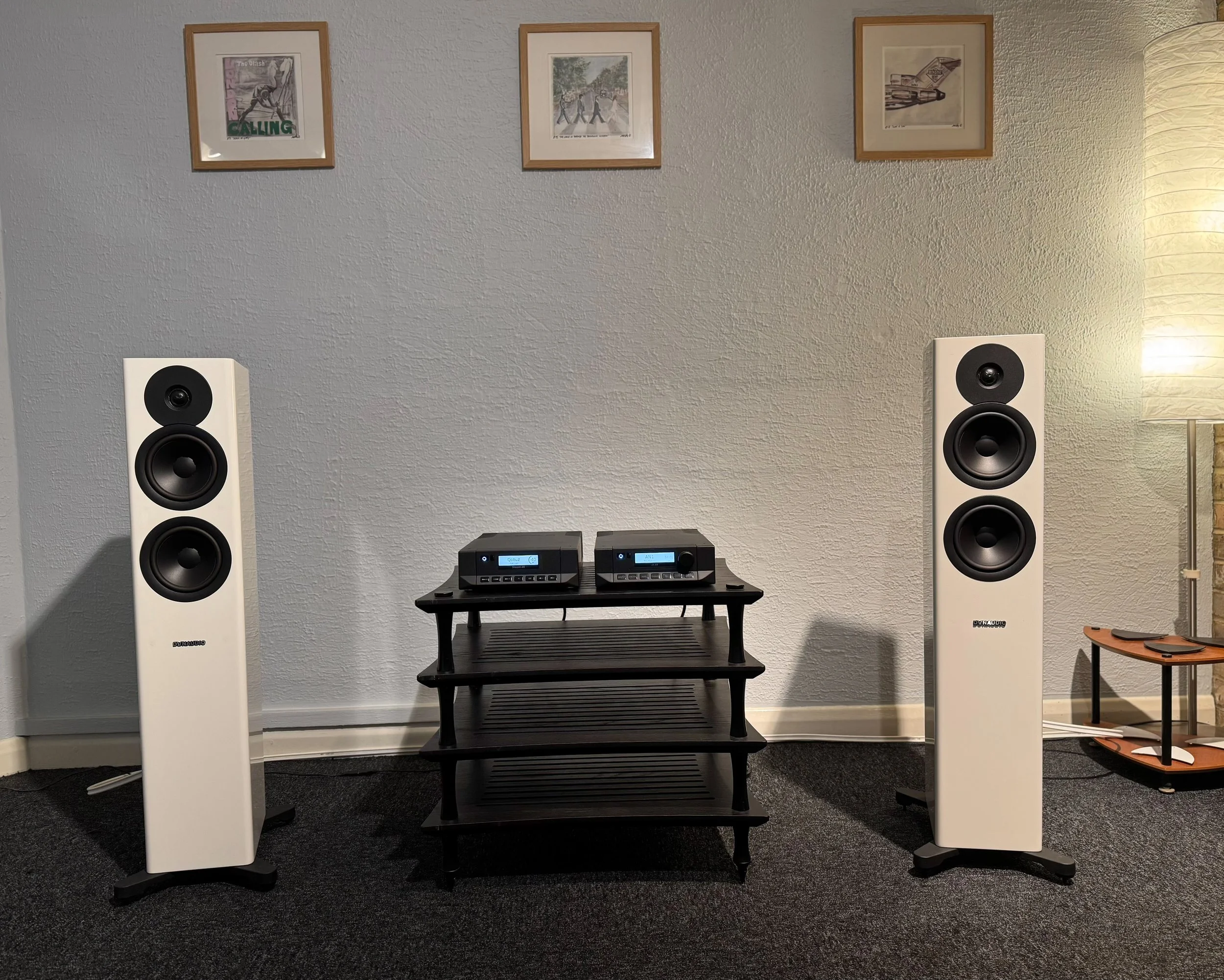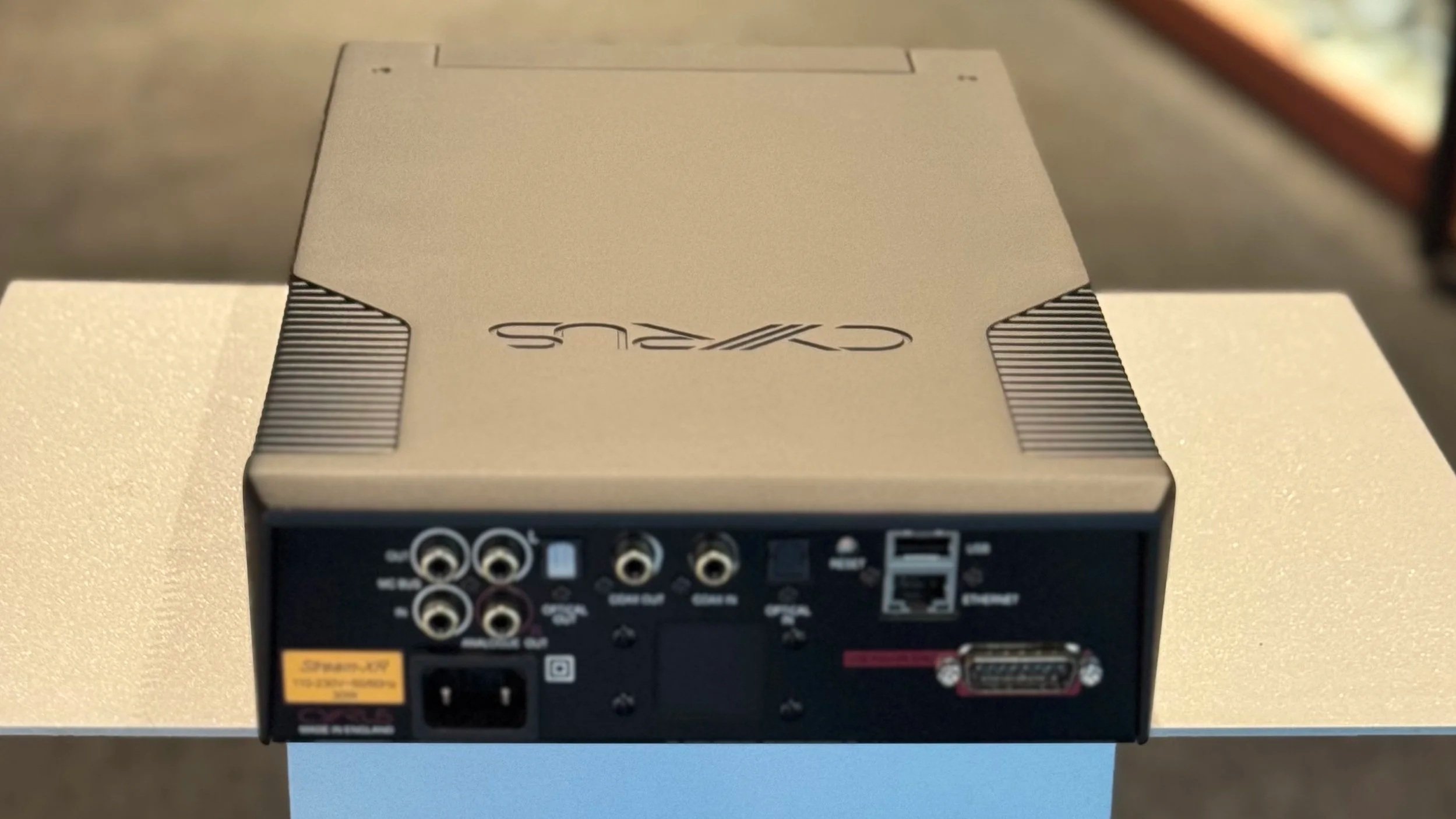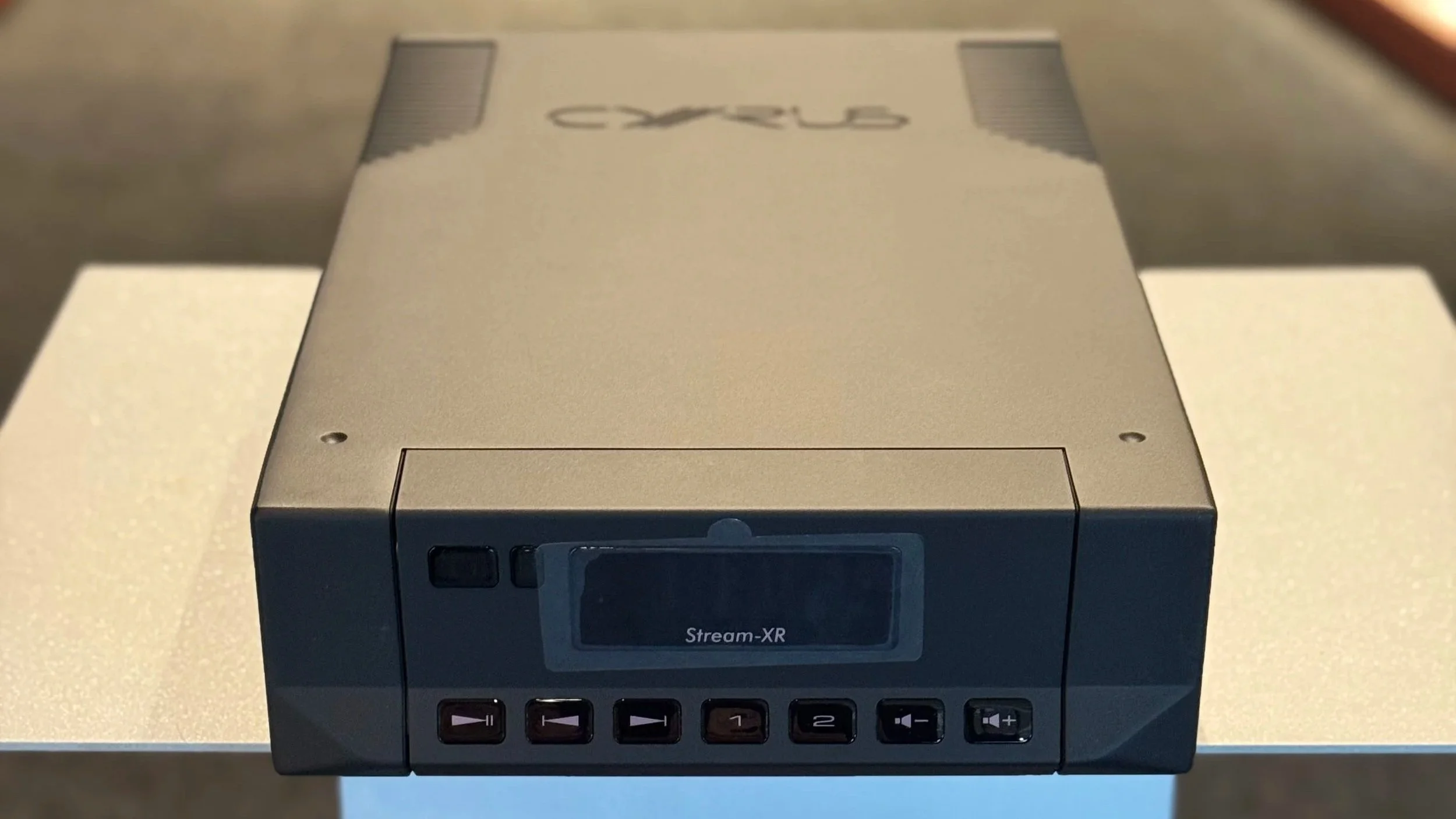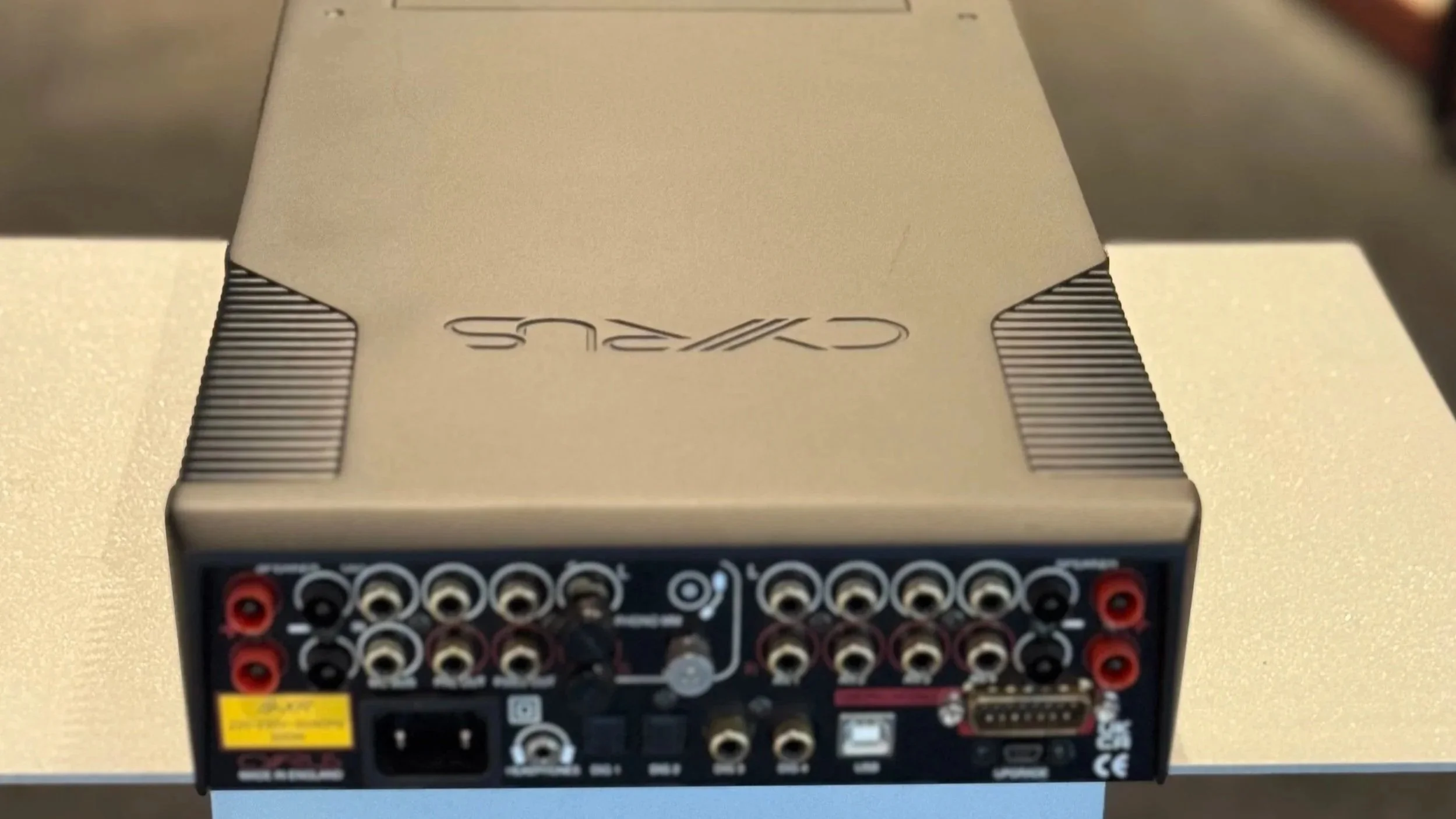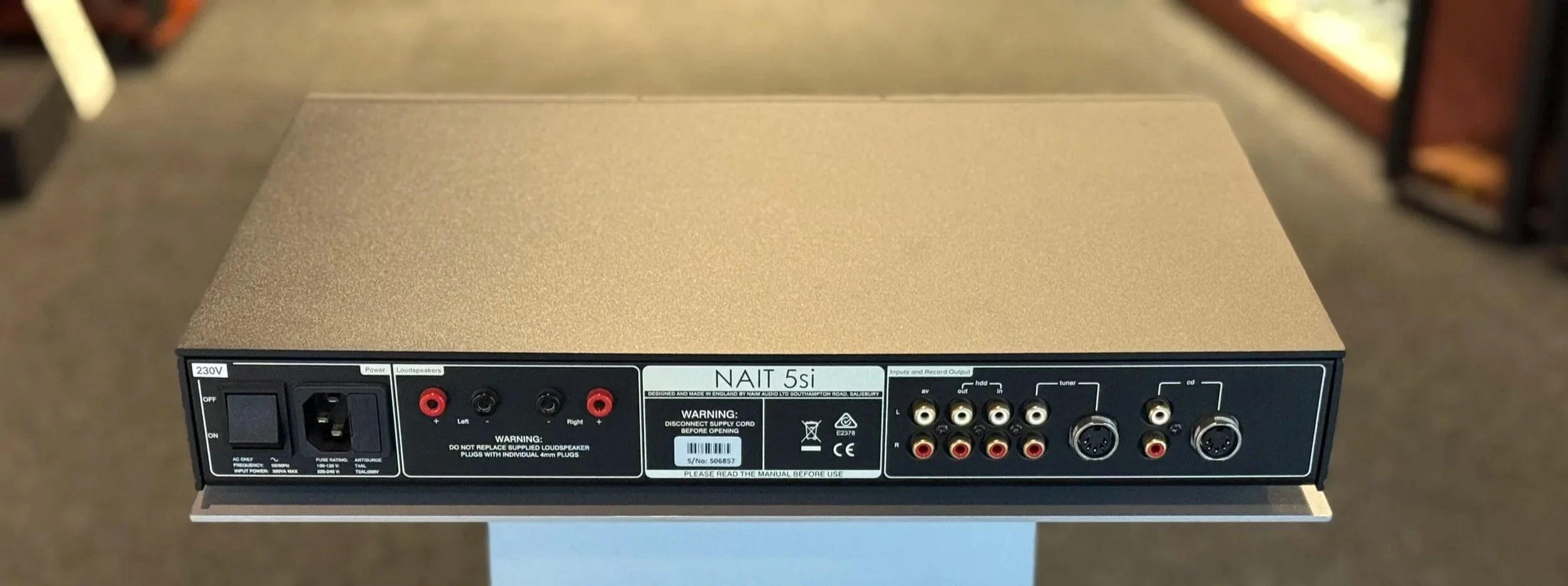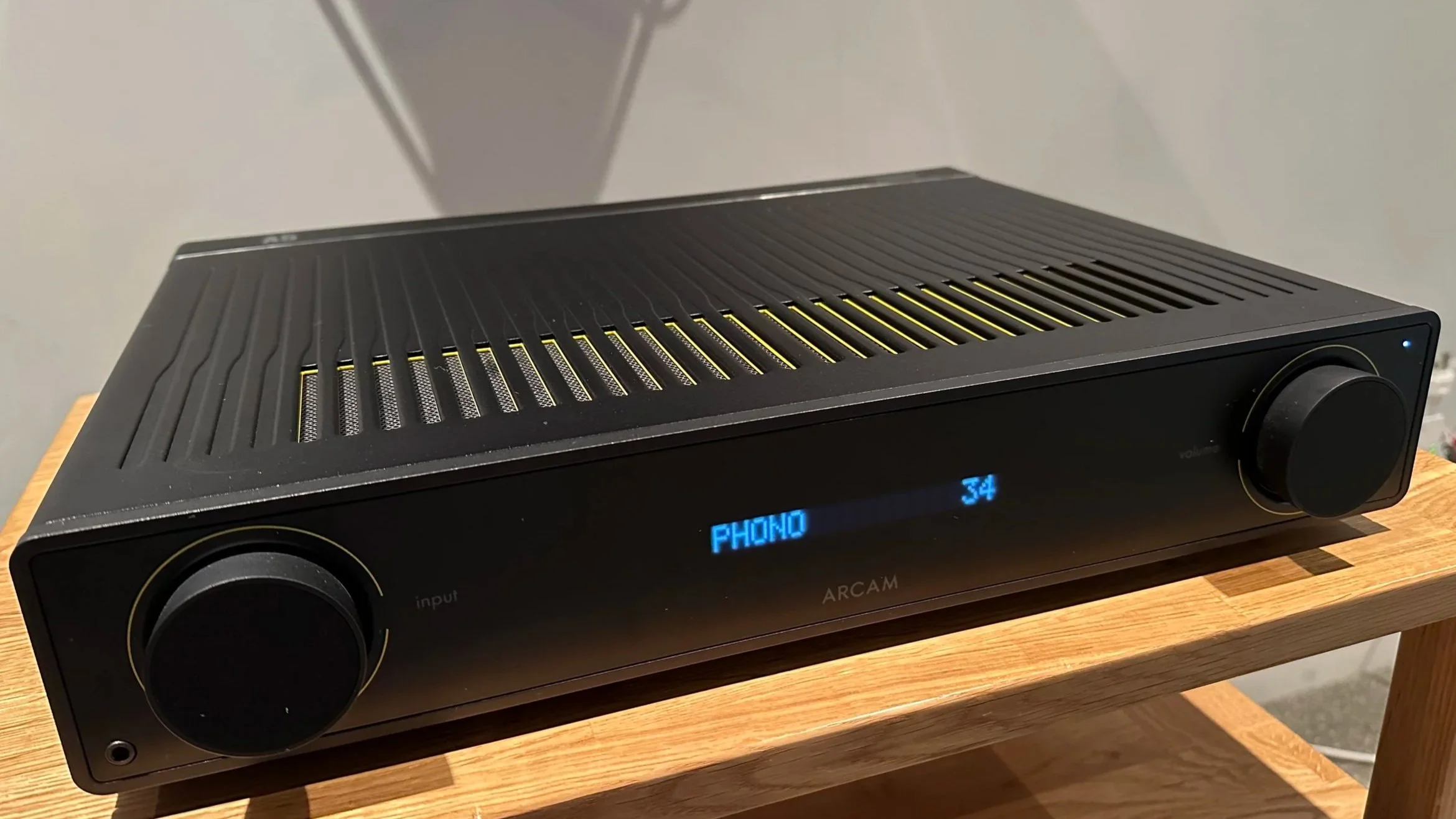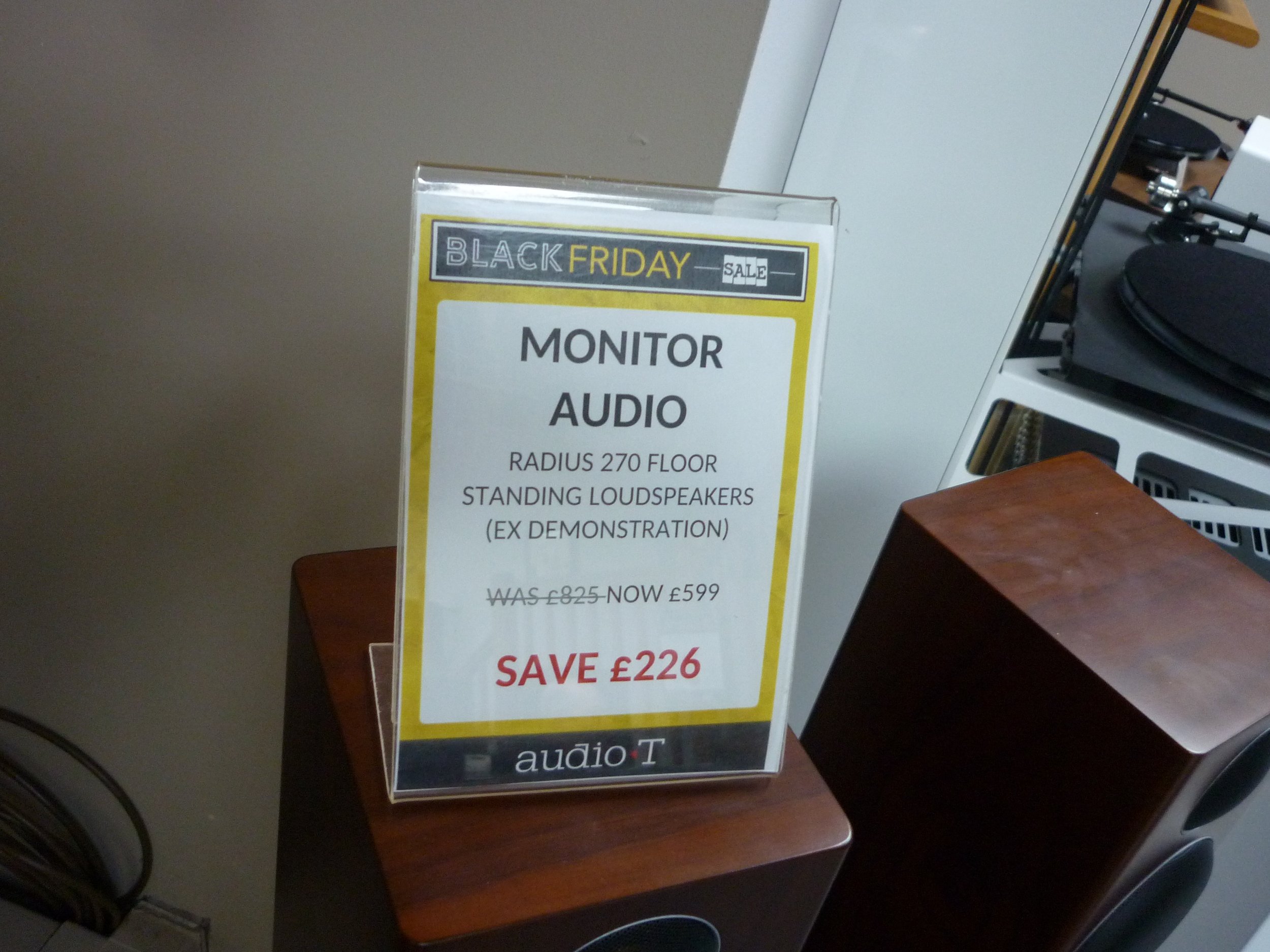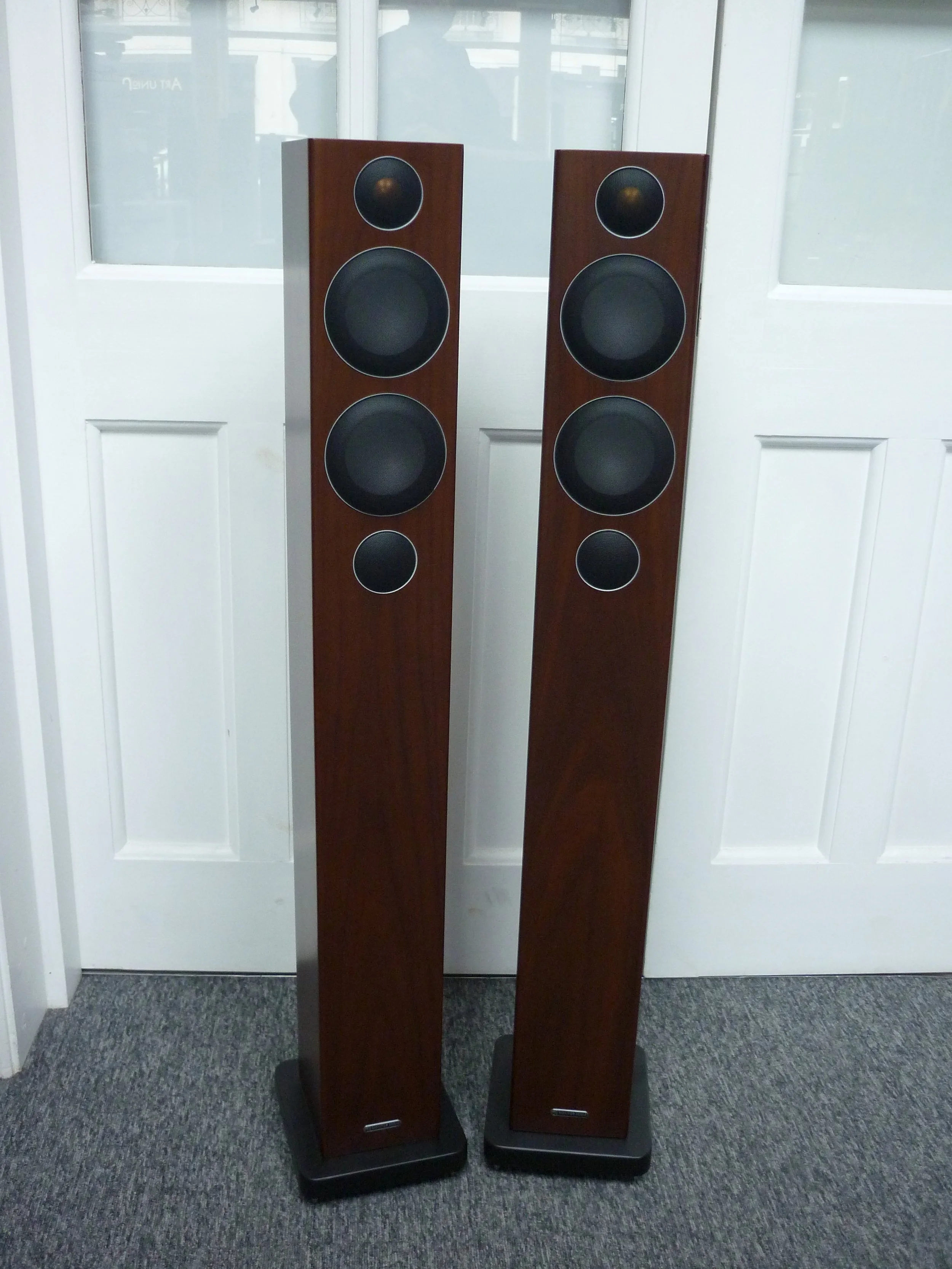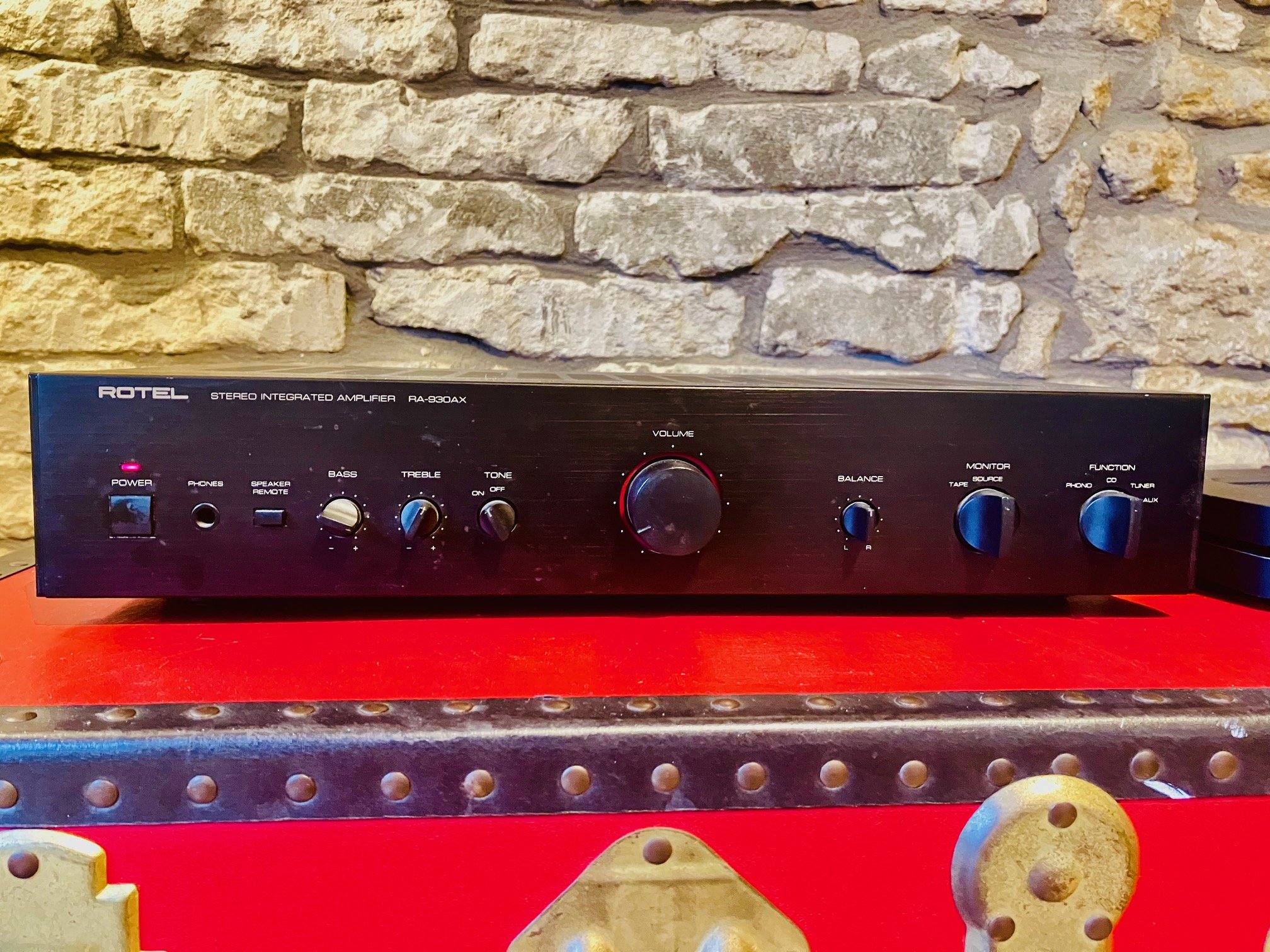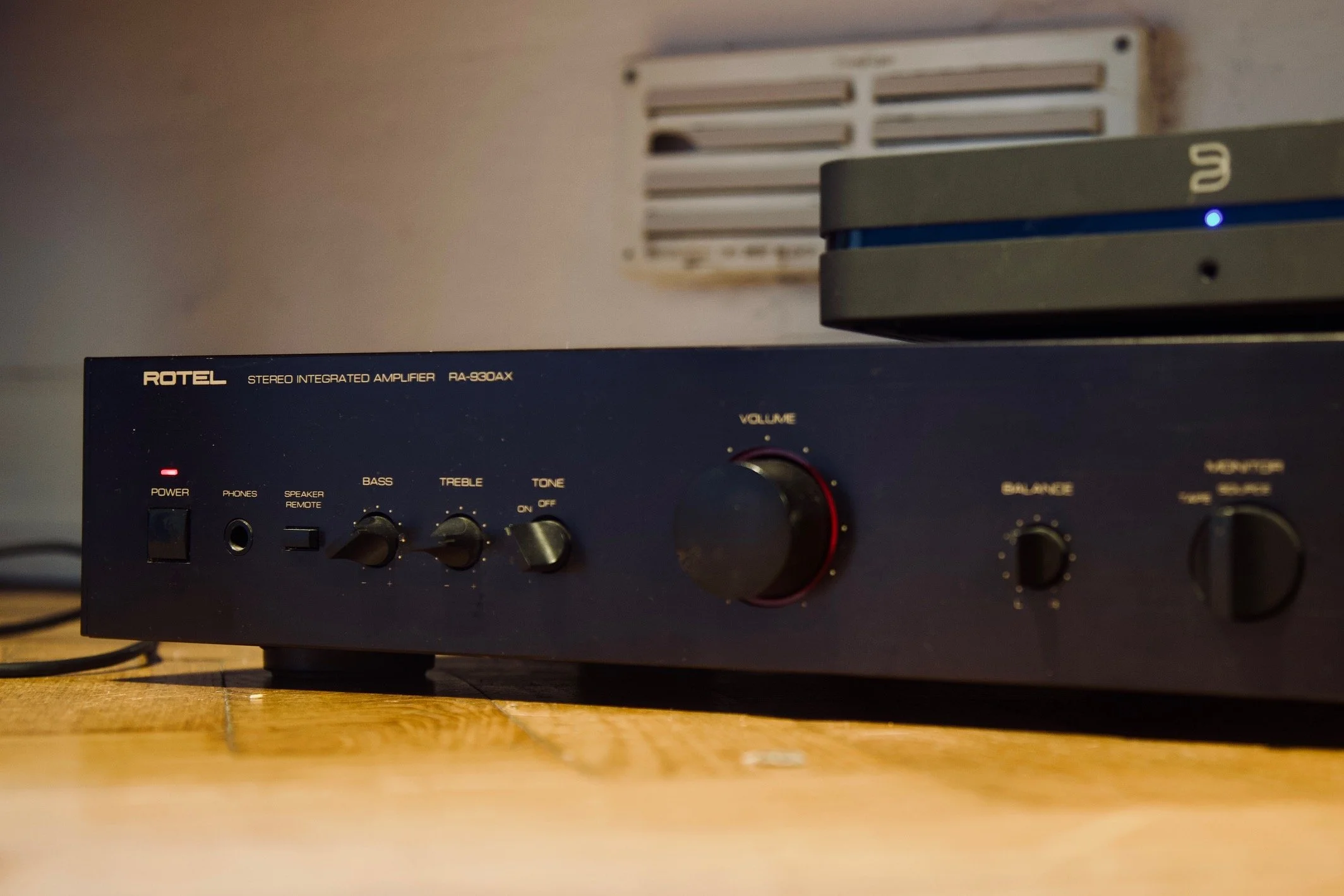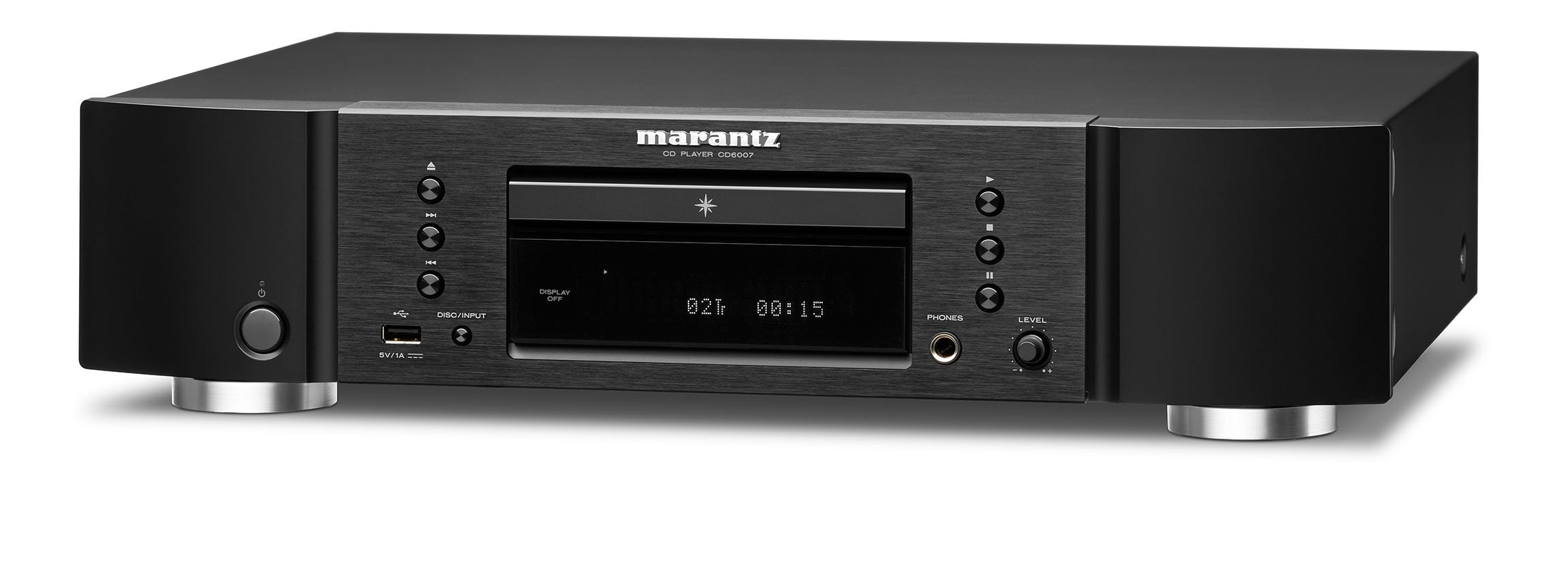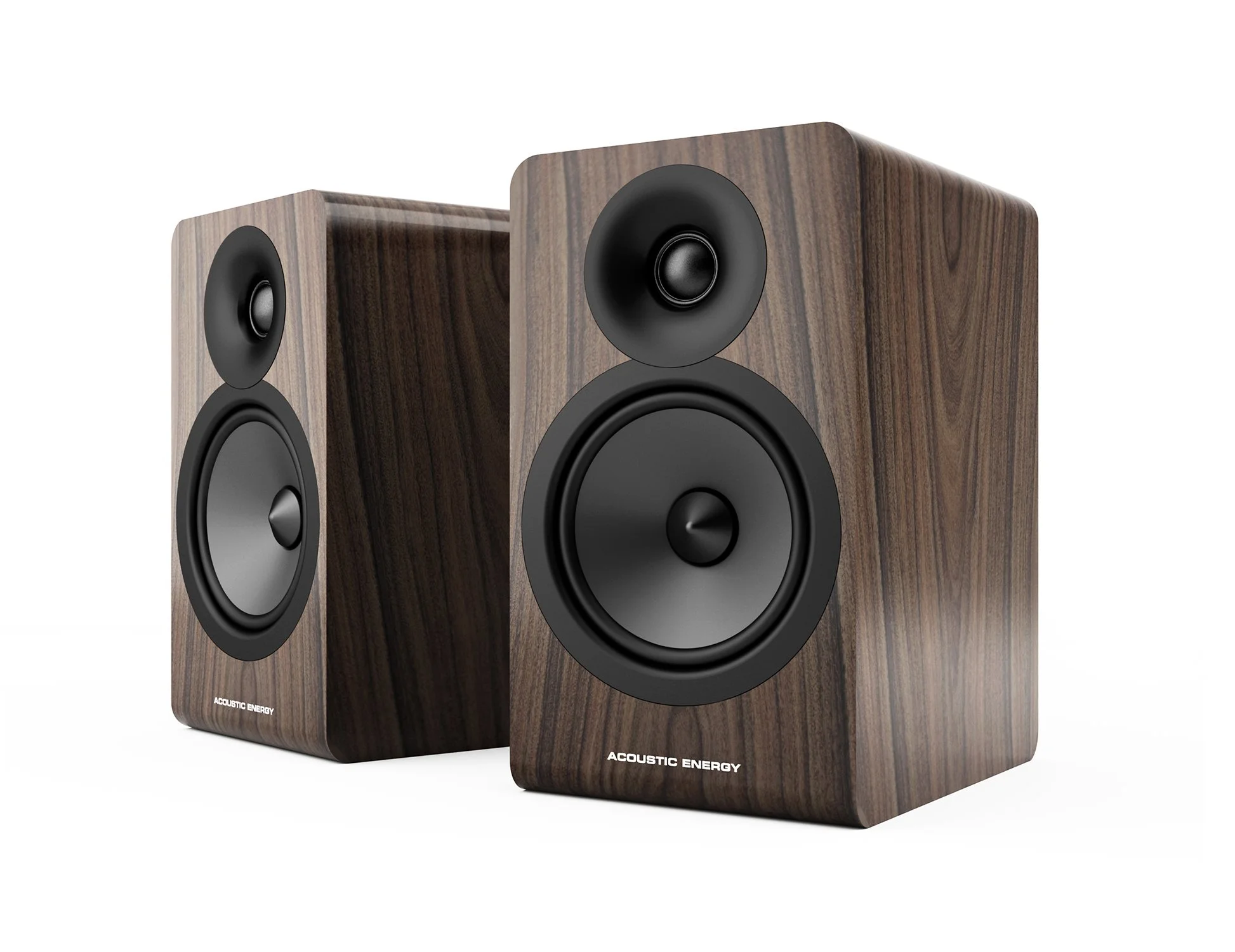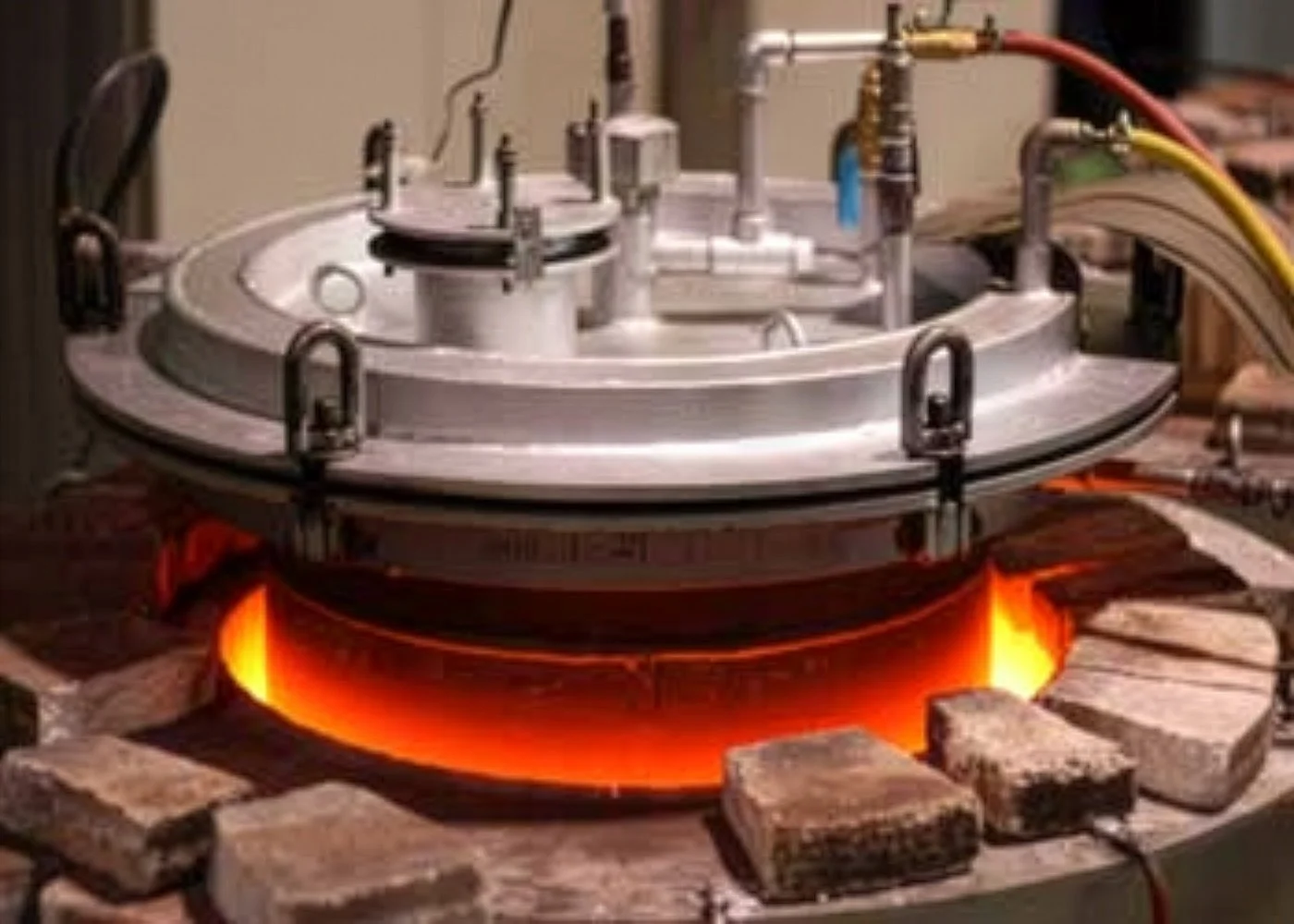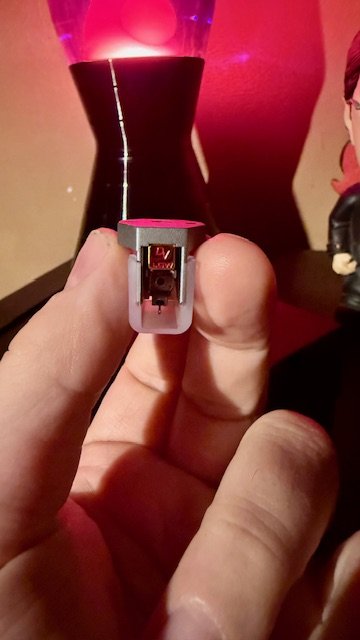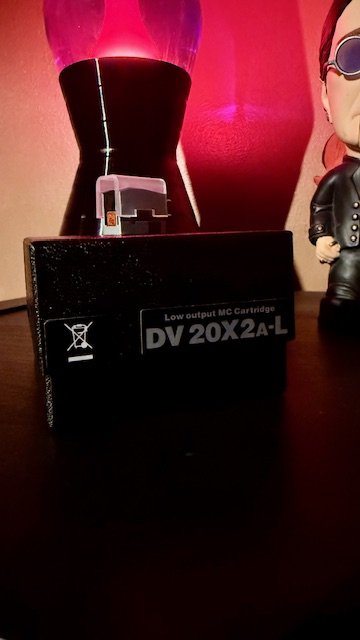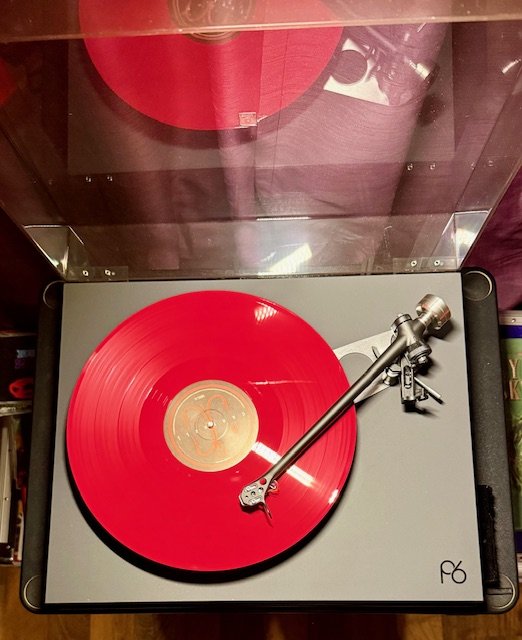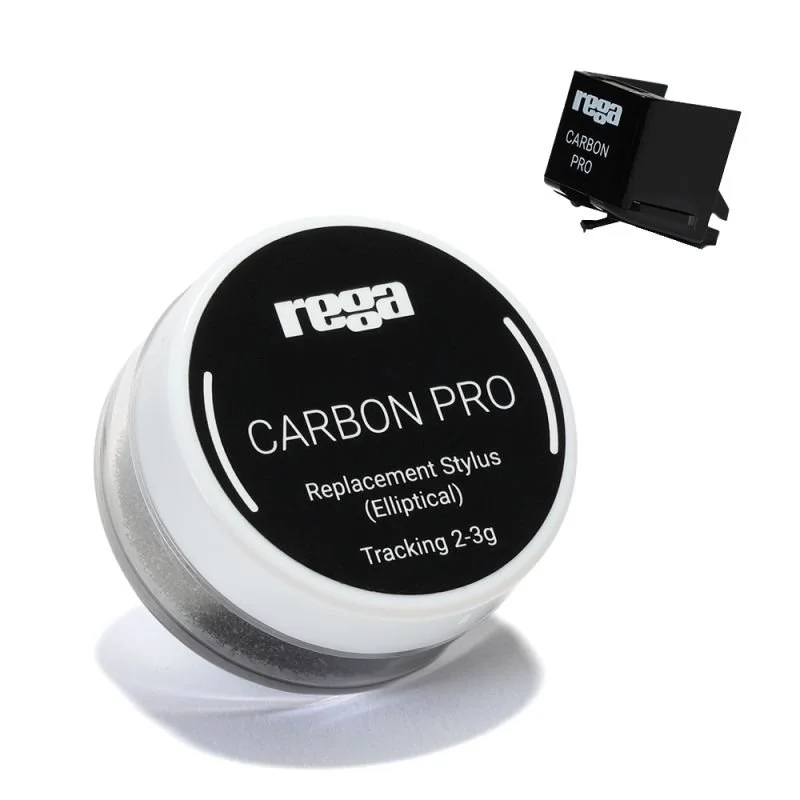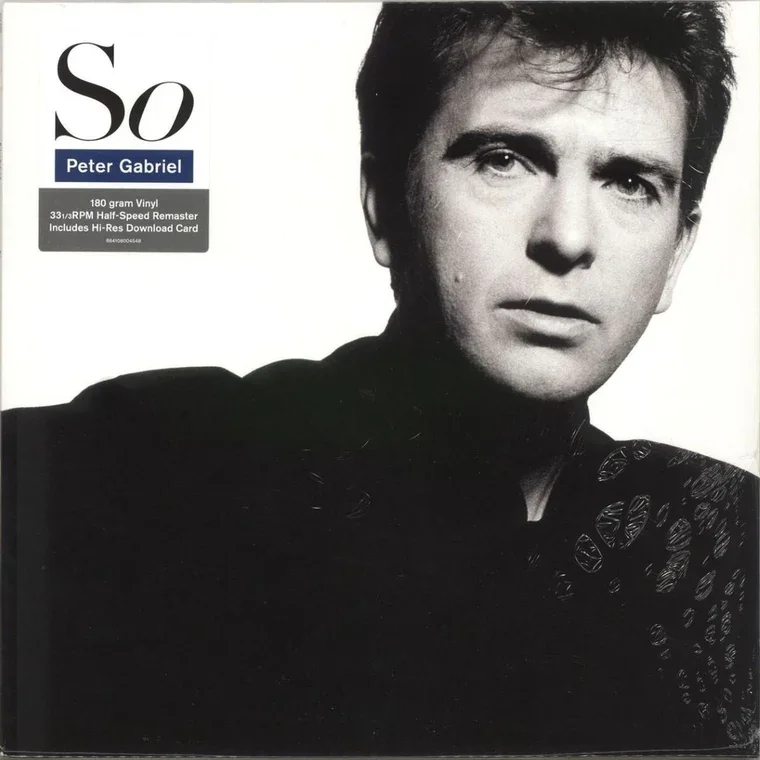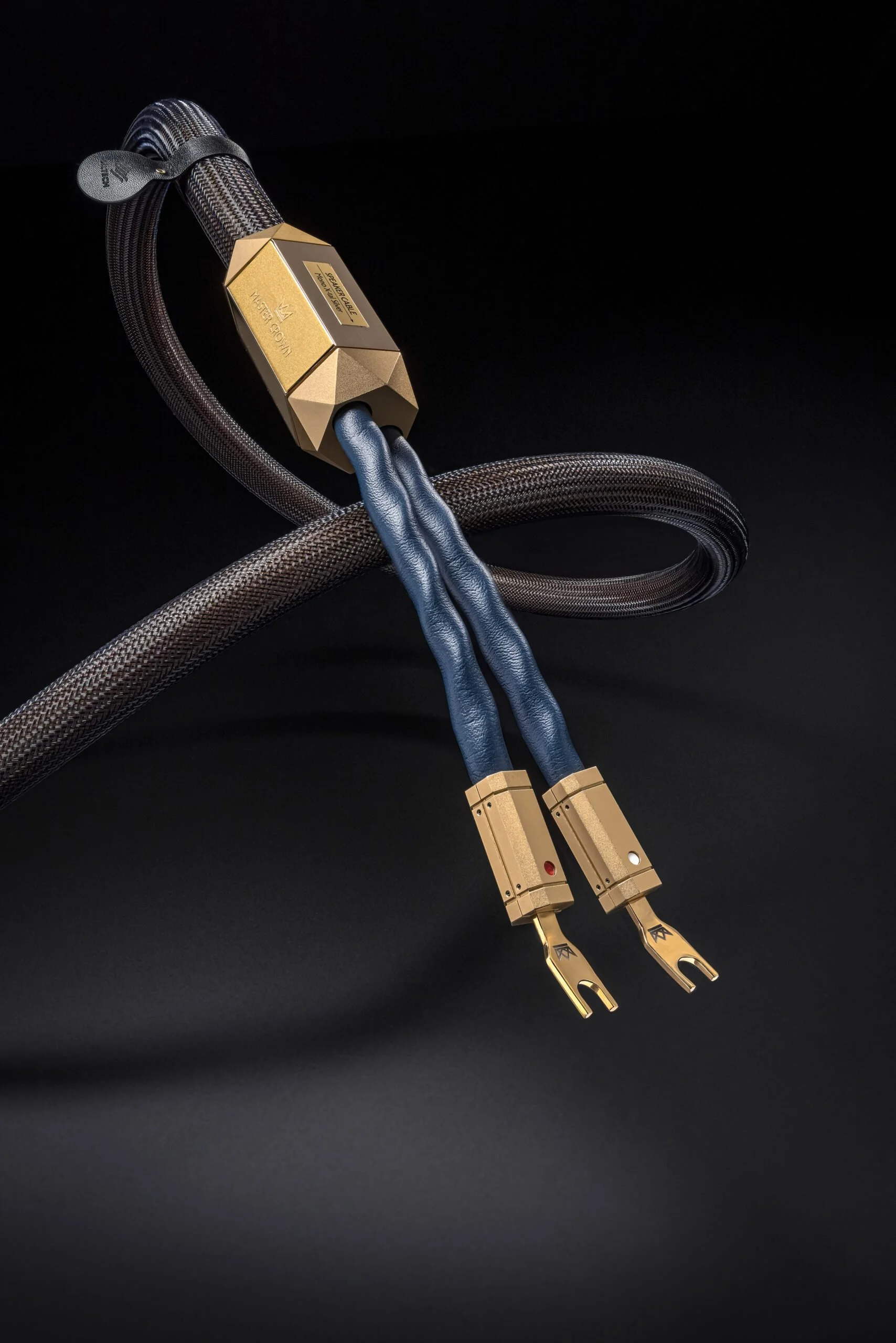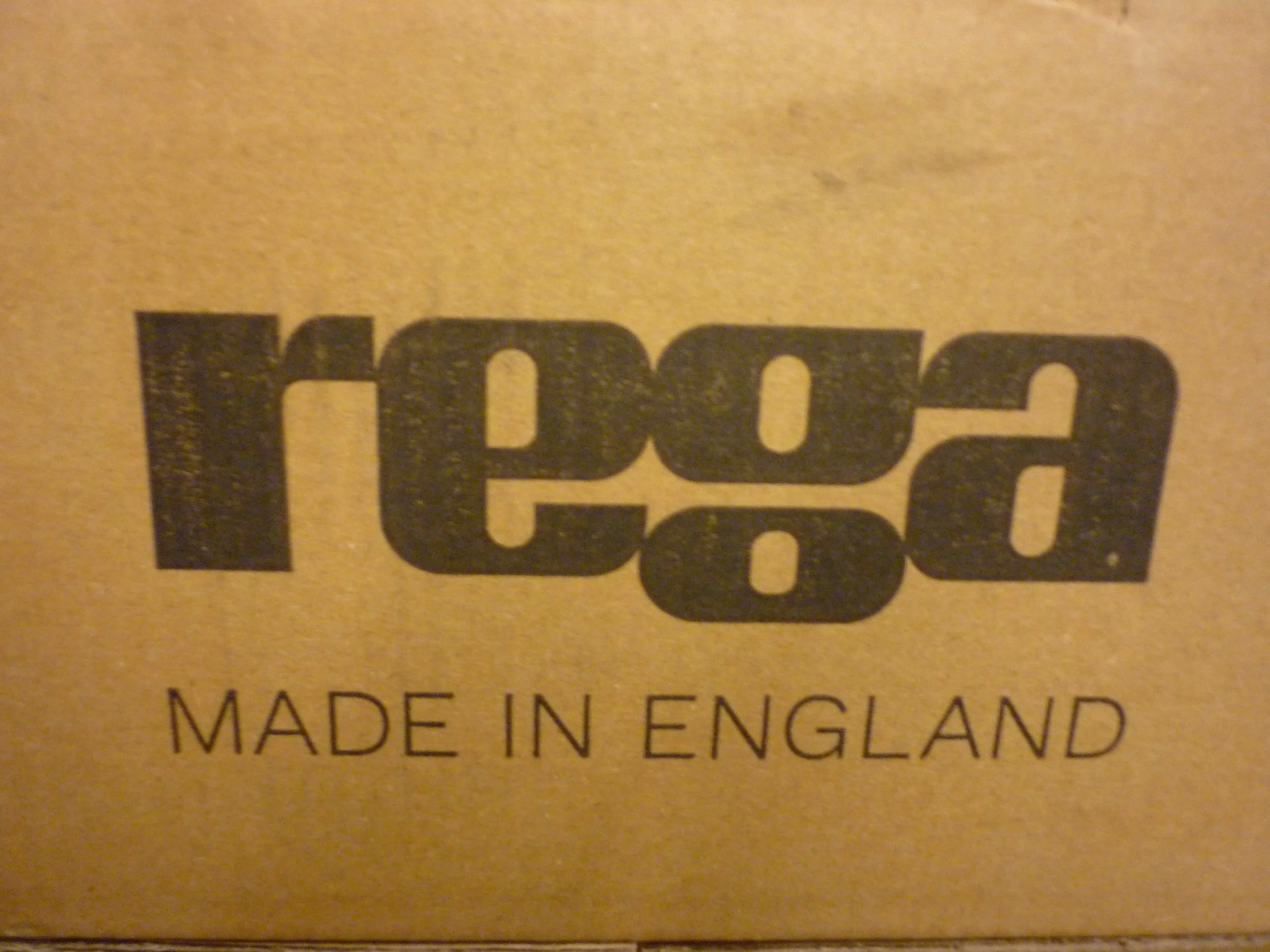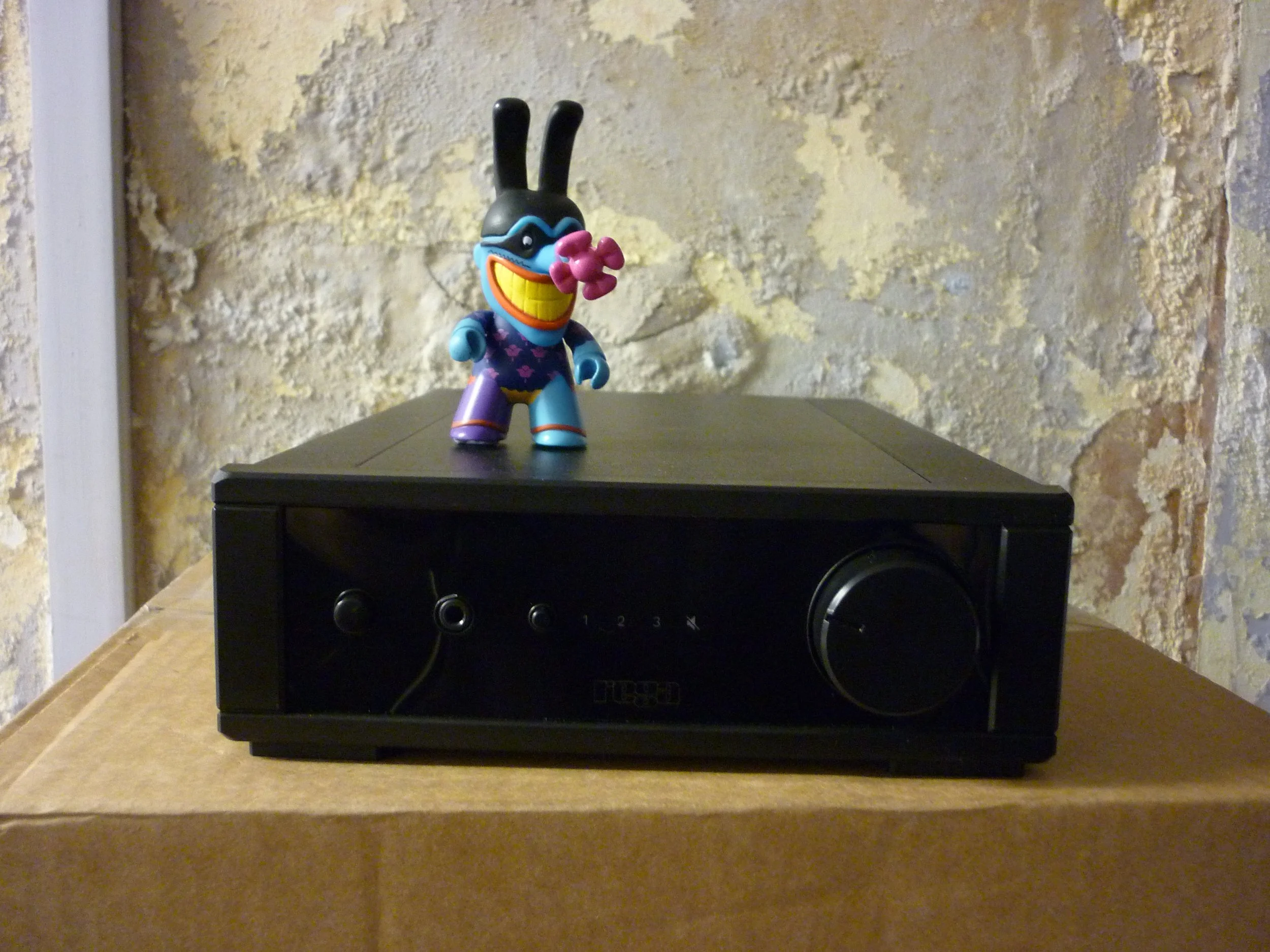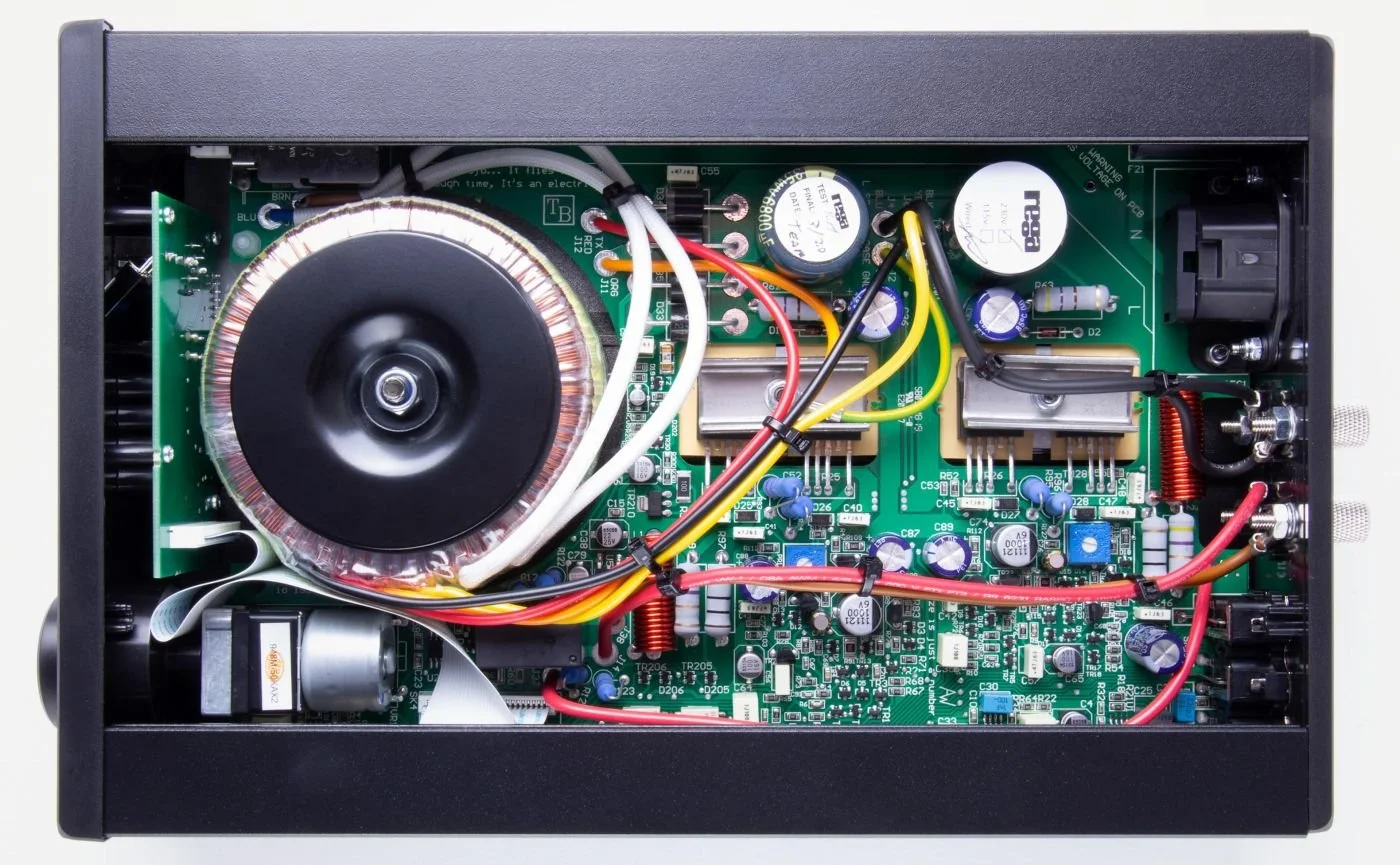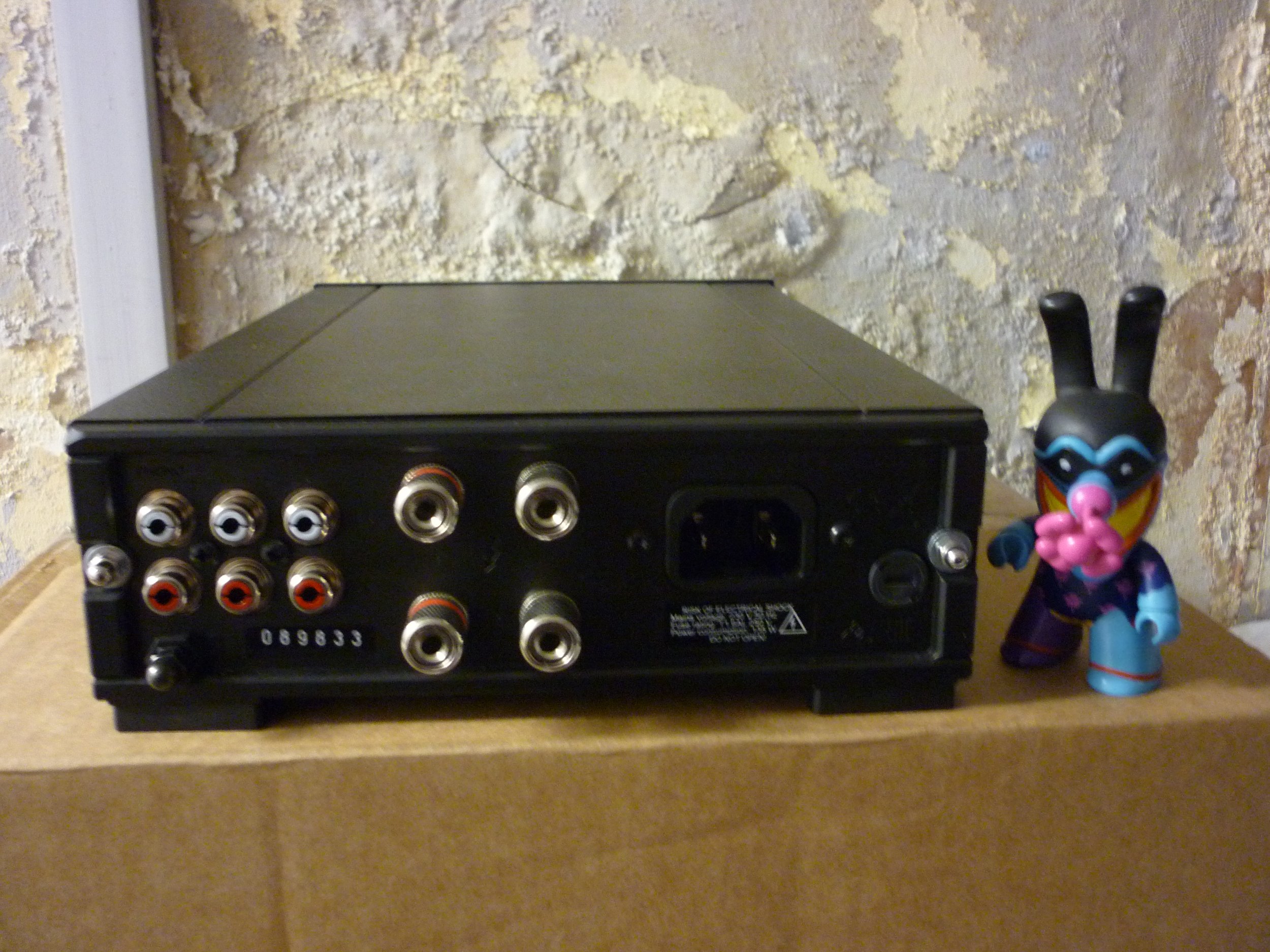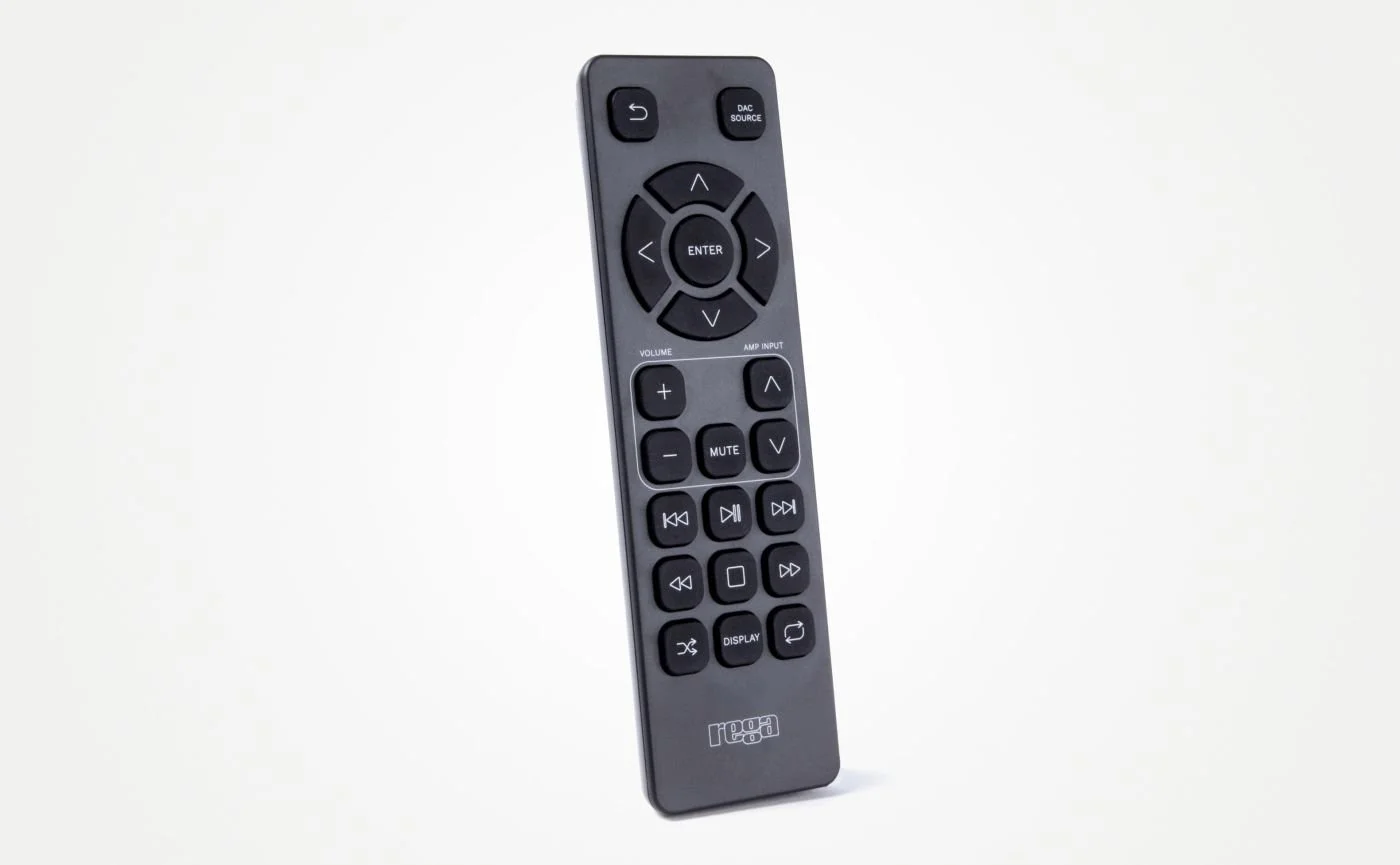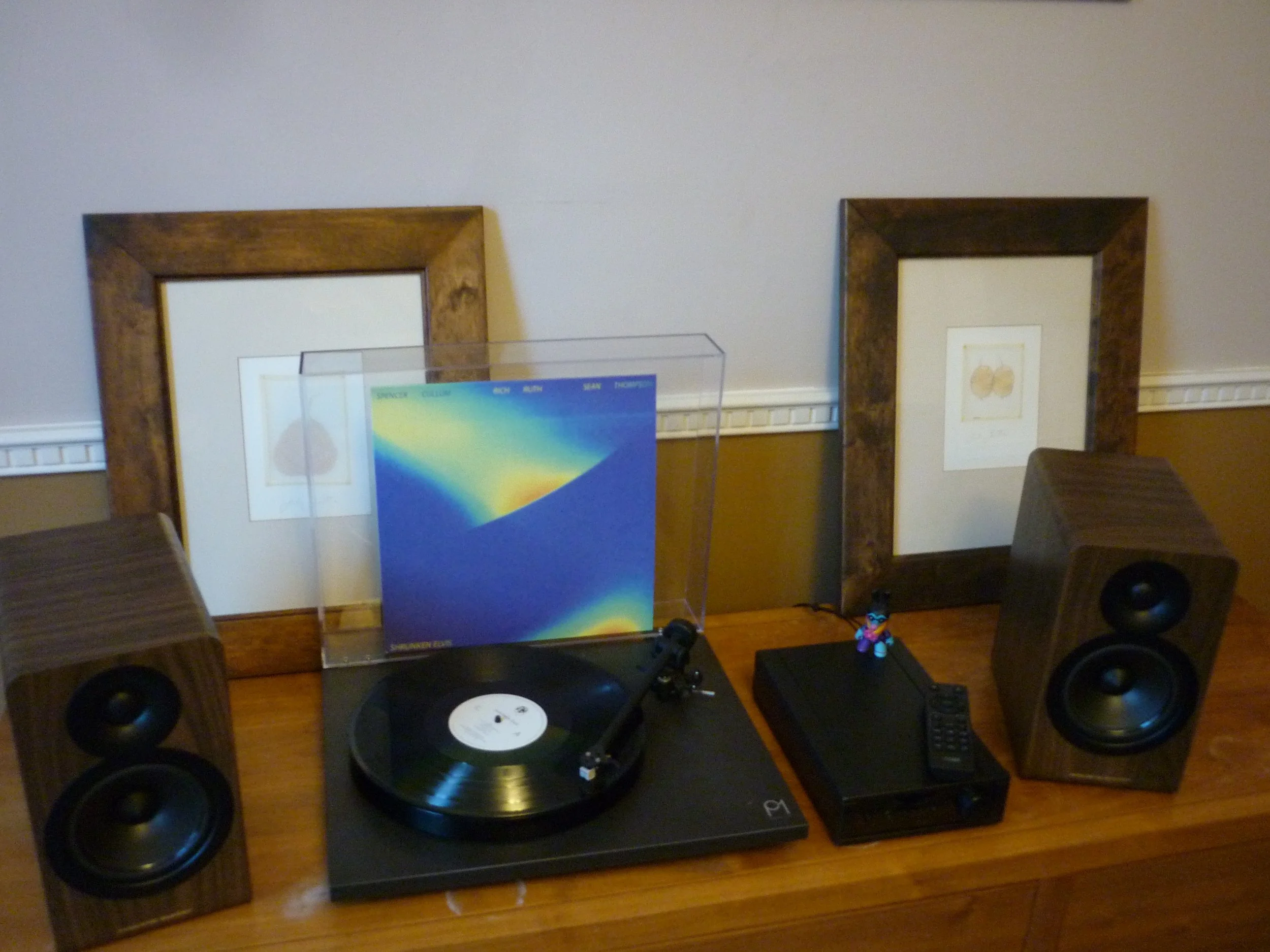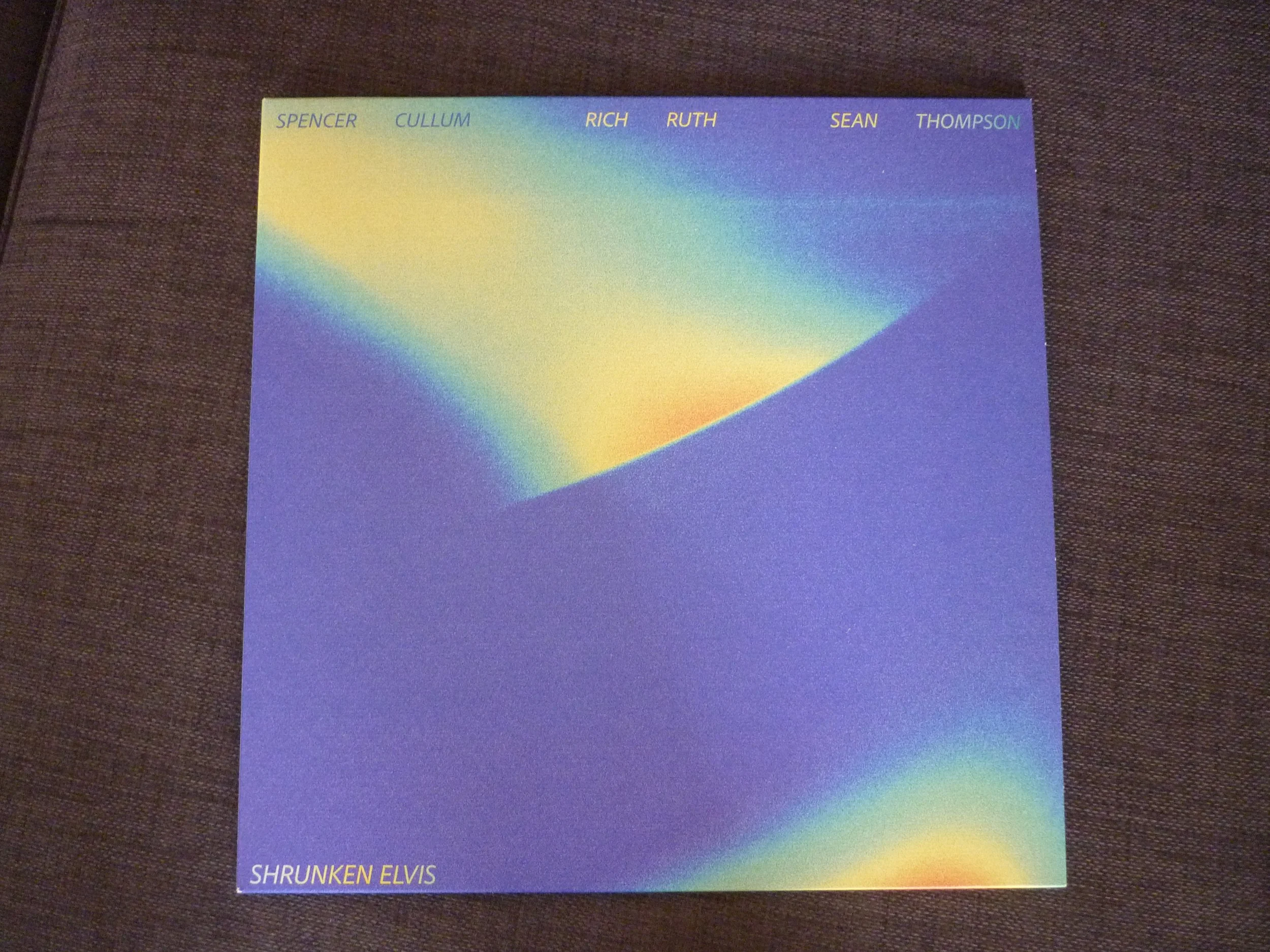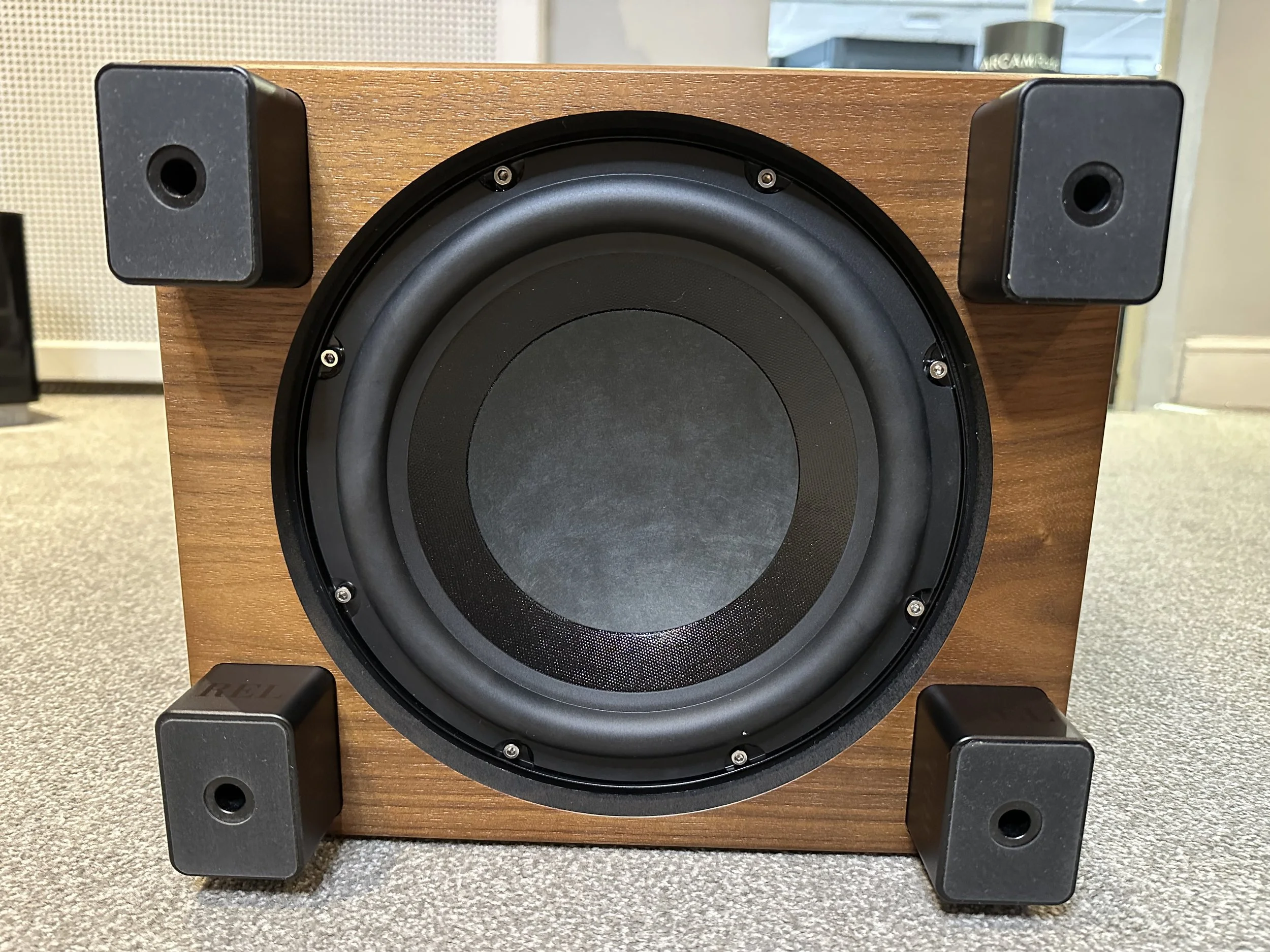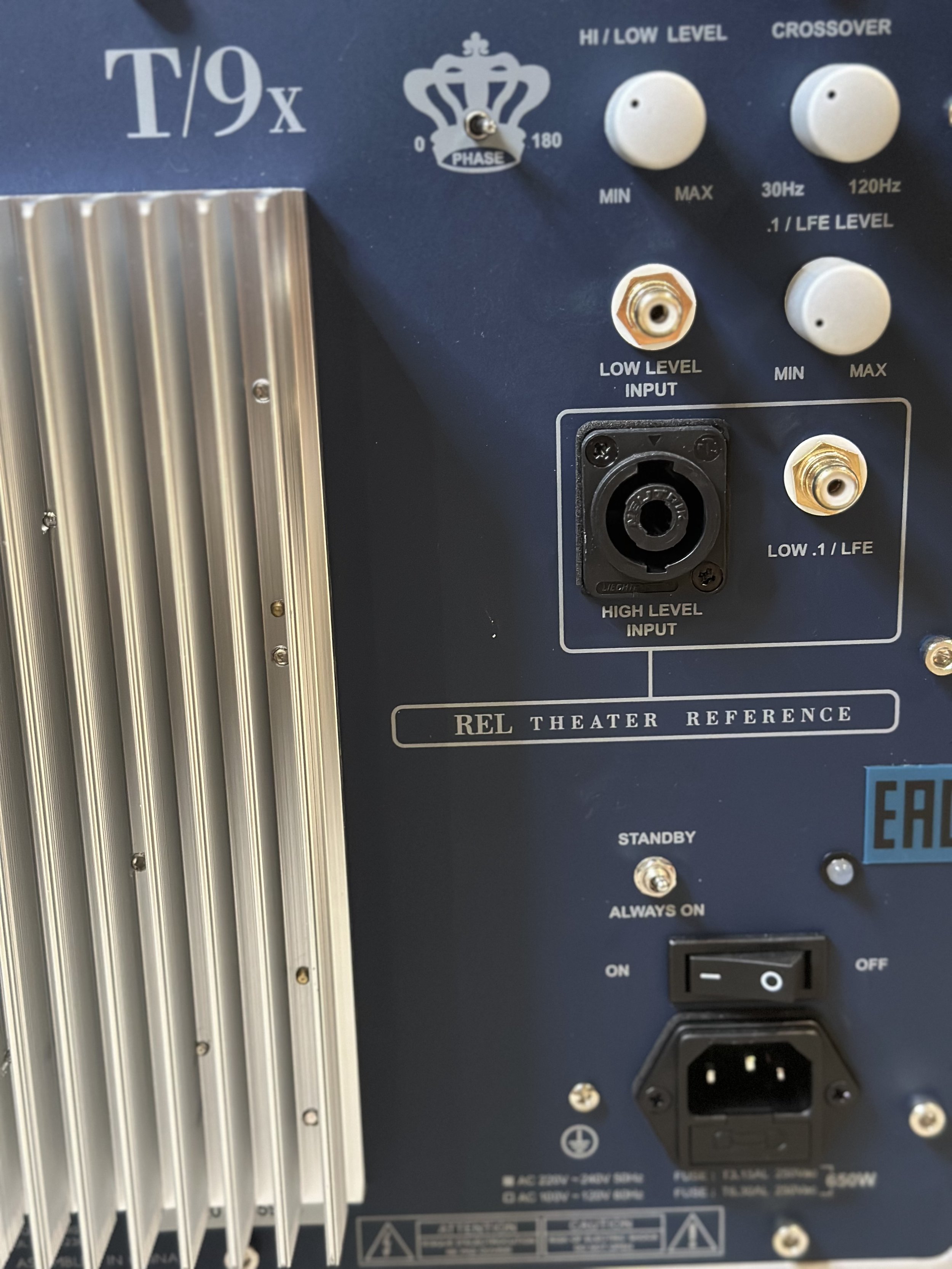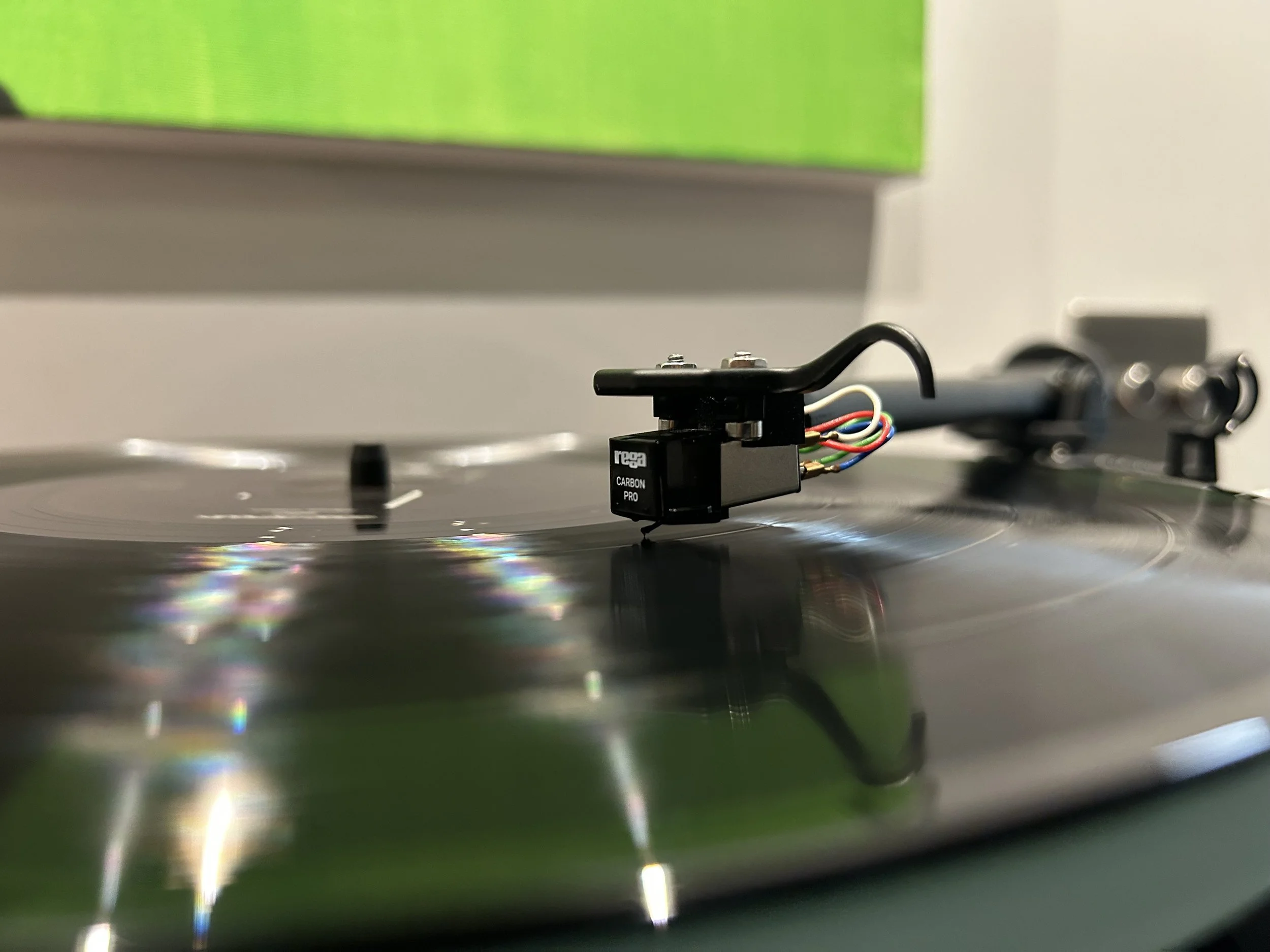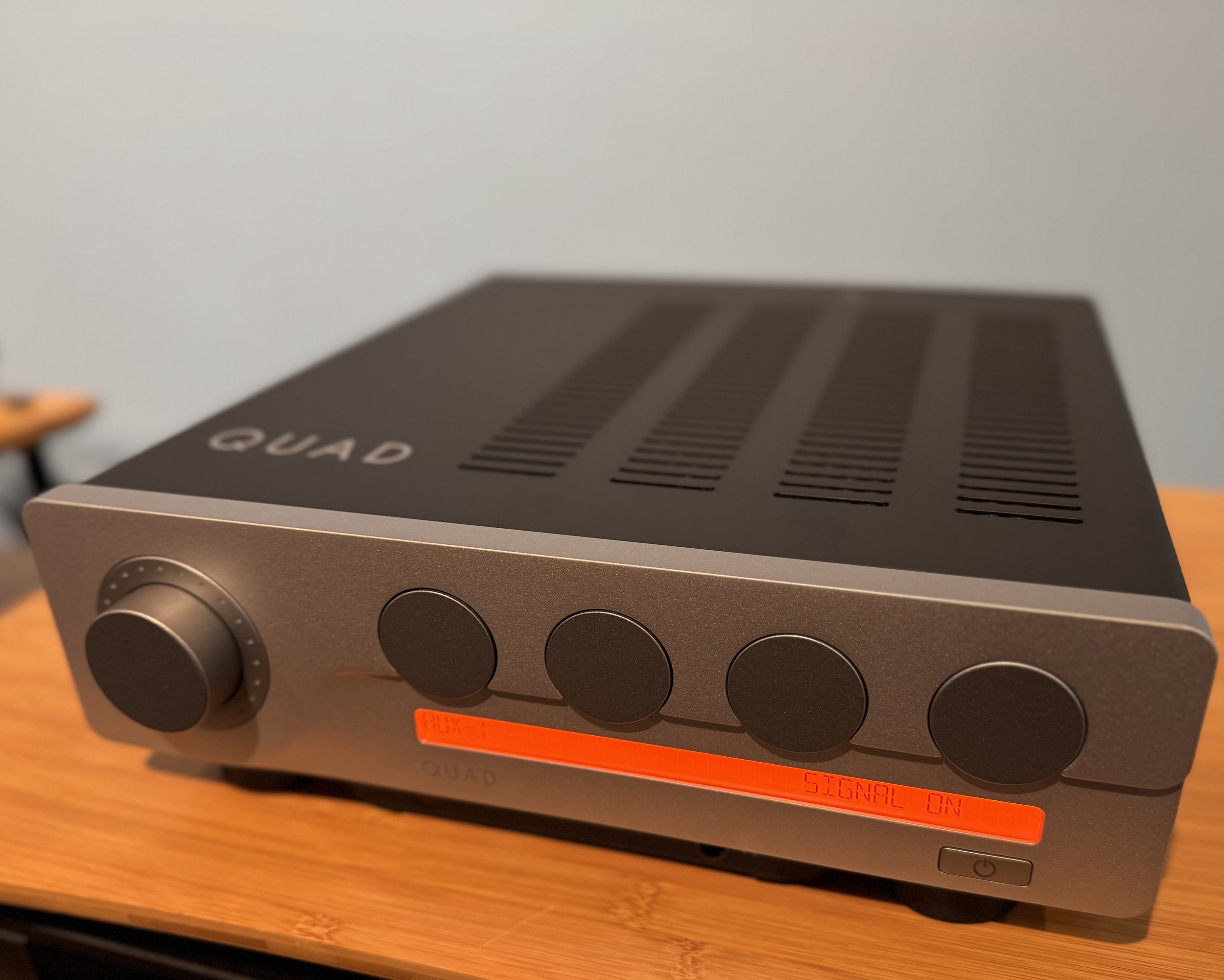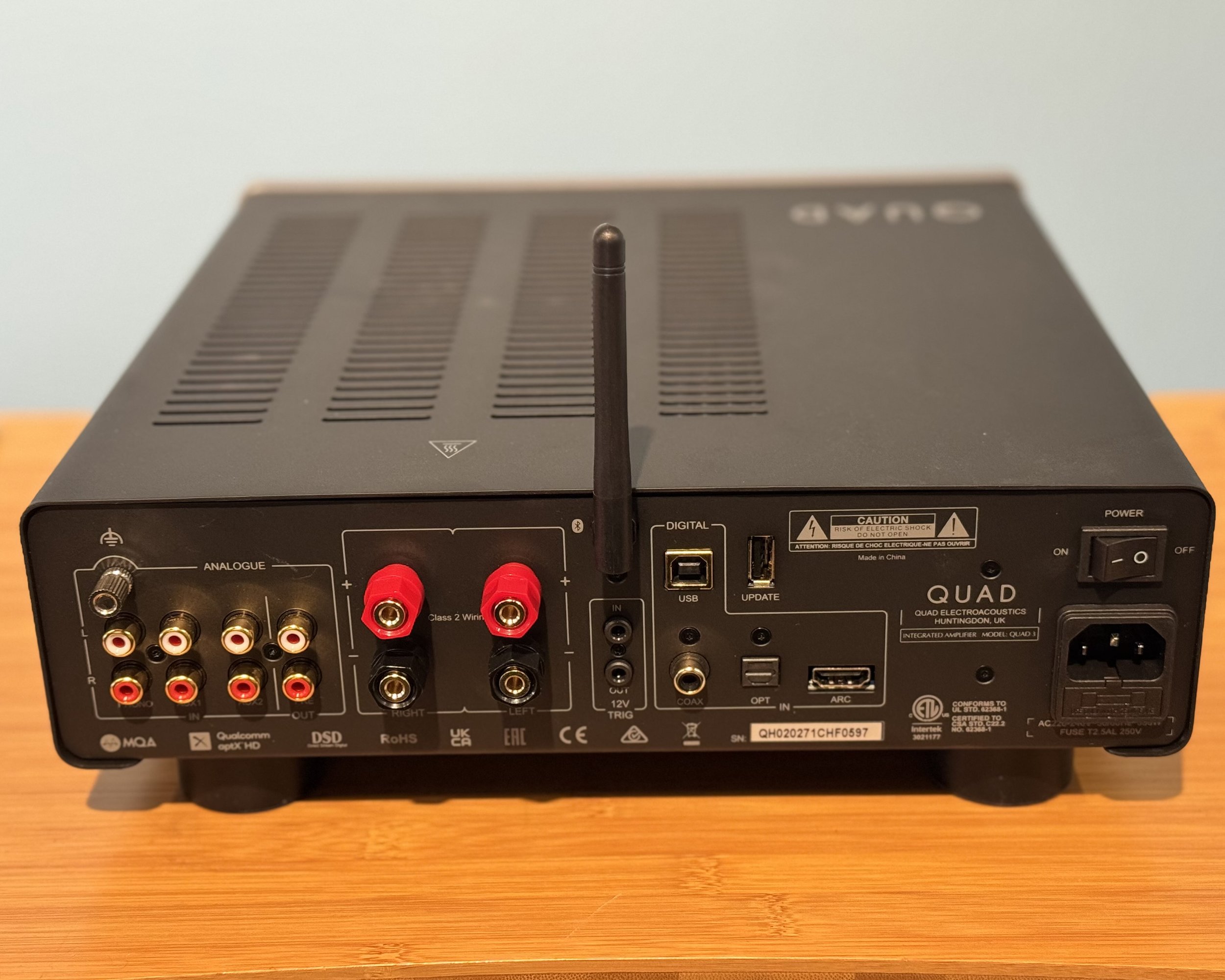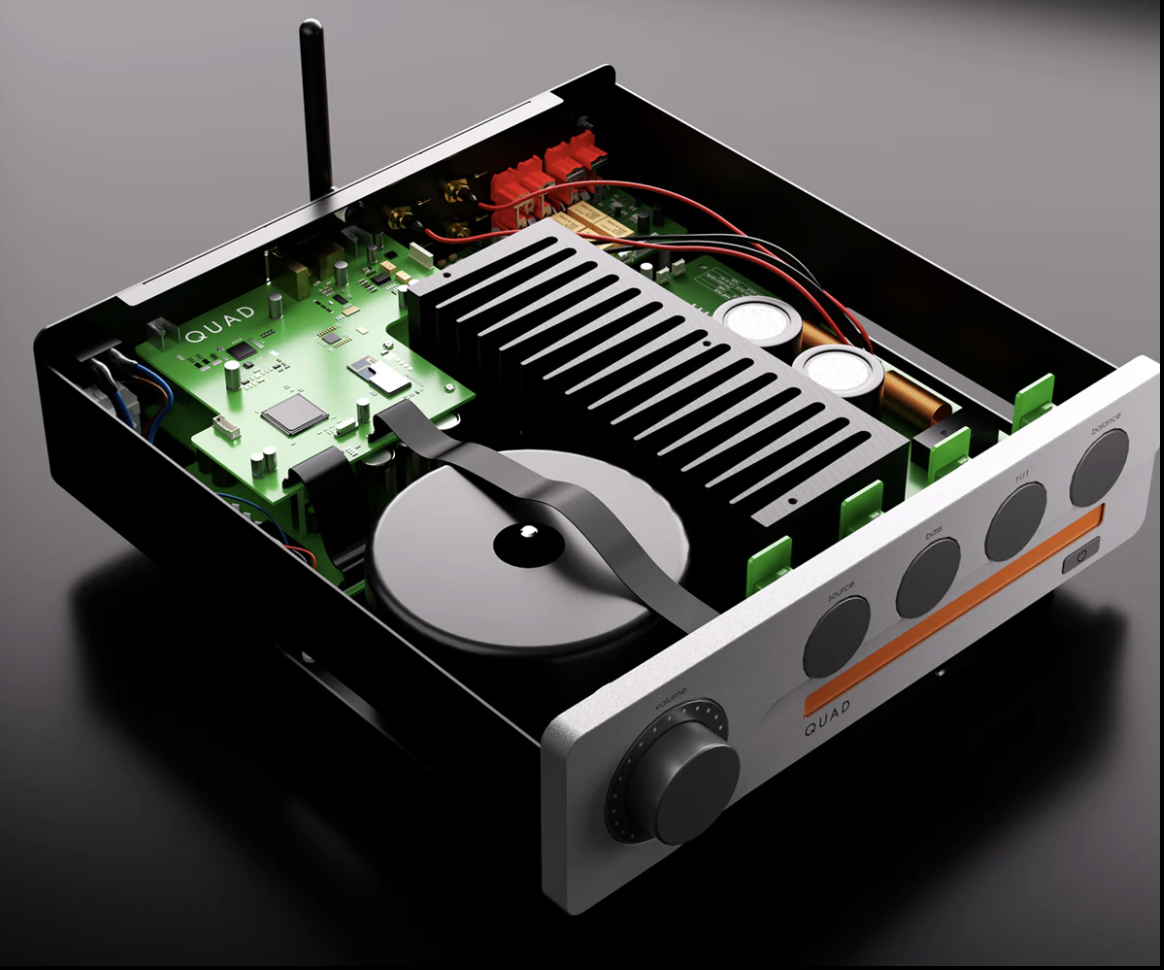From Venus and Mars to Mercury and Solis - the new Rega Pre/Power combo at Audio T in Brighton
/Hello everyone, and welcome to the December blog from Audio T Brighton! The Christmas party is almost upon us, and to celebrate the upcoming festivities, we’ll announce a pre-Christmas event to wet your appetite and get those digestive juices flowing, ready for Christmas dinner. You never know, hearing what we are demonstrating on 10th December at our Audio T branch in Brighton, we may deliver a Christmas present fit for any and many a future Christmas party!
A brief Rega amplifier recap . . . .
Before we get to the main act, it may be worth reminding everyone that Rega have been supplying electronics at all price budgets for quite some time, including the amplifiers: Rega IO, Rega Brio Mk7, Rega Elex Mk4, Rega Elicit Mk5, Rega Aethos and Rega Osiris.
Rega have established a reputation for turntables during their 50+ year tenure, but their electronics have steadily built up a following alongside. Rega amplifiers offer both good quality phono stages and onboard DACS, on the entry to mid-level range. The outstanding musical qualities of Rega amps are clear to hear, with natural dynamics, good clarity, and timbre being strong points, along with strong performance to price ratios at every level.
As always, we recommend visiting our store to listen to your Rega choices along with matching components that marry well together!
May the force be with you . . . .
rear of a rega isis - a darth vader lookalike if we ever saw one!
By means of an introduction to the stars of the show, I thought an image of the rear of a Rega Isis CD player would set the scene for this blog and our upcoming event, here at Brighton Audio T on Wednesday, 10th December. You can read more about this wonderful CD player in my previous blog here.
Rega Mercury pre-amp & Solis power amp . . .
Rega’s launch of the Rega Mercury pre-amplifier and Rega Solis power amplifier, which will be on demonstration, along with the Rega Isis CD player, and Rega Naia/Aphelion 2MC turntable, at our launch event on 10/12/25, gives you the chance to hear the pinnacle of Rega’s amplifier technology development - indeed a mouth watering prospect and one you are most welcome to attend and find out for yourselves. Ring us on 01273 609431 or email: brighton@audio-t.co.uk
rega isis, mercury & solis
A more detailed and extensive blog will be forthcoming, but in order to get the message out in good time for our Rega Event on Wed, 10th December between 2pm - 7pm at Audio T in Brighton, we’ll give a few tasters of what we think of this new combo as a heads-up!
The Rega Solis, delivering 168W into 8ohms, is an absolute power house with a smooth, mellifluous, yet dynamic delivery, allowing the Rega Mercury’s natural detail, textural and analogue qualities to shine through, all presented in an effortless manner. The Rega Naia turntable with Aphelion 2 MC cartridge, into a Rega Aura MC Phono stage and Rega Isis CD player are first-class sources, allowing Rega’s latest pre/power combo qualities to flow with aplomb.
To be honest, the only way to appreciate a system of this quality is to come and hear it for yourself, so give us a bell and let us know you’re coming on the day.
Thanks for reading.
Adey, Jake, John, Kevin and Paul - Audio T Brighton
If you’ve enjoyed this, why not go ahead and read some more of our other blogs, and be sure to follow us on our social media channels below…
Rega can be found at the following Audio T stores -








